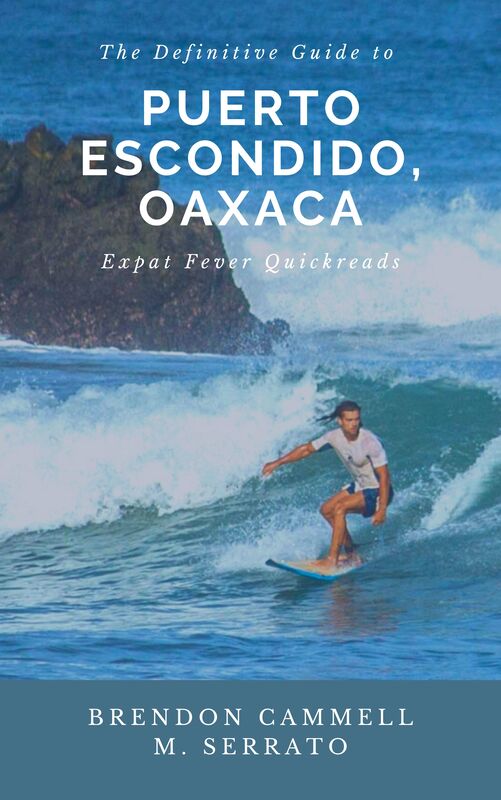|
Zihuatanejo de Azueta, a beautiful coastal town in Mexico, is known for its delicious seafood and traditional Mexican cuisine. But if you are looking for traditional Mexican breakfast as well as a something like pancakes, that can be a little harder to find. La Jaiba Feliz was our best find for breakfast on this trip, because it was affordable, family-friendly, and one block from the beach.
This spot has a lot of good breakfast choices, pancakes, eggs and ham, etc. as well as traditional lunch items like hamburgers and quesadillas. The omelets were good, as well as the fruit plate. The kids all got hamburgers and seemed to enjoy them. The orange juice is fresh-squeezed and they have coffee as well as other traditional drinks and foods. Here are some traditional breakfast dishes to try at La Jaiba Feliz: Pozole: Traditional pozole is made with pork, hominy, and a variety of dried chiles. It is often served with a variety of accompaniments such as chopped onion and radish, cilantro, and lime wedges. It is usually served in a large bowl and is meant to be shared among family and friends. Chilaquiles: This is a popular breakfast dish in Mexico, and you can find it at many restaurants in Zihuatanejo. This dish is made from tortilla chips that are lightly fried and then simmered in a spicy tomato sauce with onions and other seasonings. They are typically topped with cheese, crema, and avocado. Fresh Fruit, Granola, and Yogurt Plate: Zihuatanejo is known for its fresh fruits, including papayas, mangoes, and pineapples. We had a papaya and melon plate the day that we visited and it was very good. They will offer you yogurt and granola as a topping if you like. Overall, there are many delicious local foods to enjoy for breakfast in Zihuatanejo. Whether you prefer sweet or savory dishes, you are sure to find something to satisfy your taste buds. Isla Ixtapa, located in the state of Guerrero in Mexico, is a beautiful and secluded island that is perfect for those looking for a peaceful and relaxing vacation. Playa Coral, one of the island’s most popular beaches, is a great place to spend vacation time with kids, and it is safe for swimming for young people (bring water shoes, though, there is coral and rocks the deeper you go and can be sharp on tender feet!). Here are some tips on how to enjoy a fantastic family vacation in Playa Coral, Isla Ixtapa:
3. Enjoy Local Cuisine: There are plenty of restaurants on Isla Ixtapa that offer delicious local cuisine. Don't miss out on the opportunity to try fresh seafood dishes such as ceviche, grilled fish, and shrimp cocktails. We ate at several restaurants during our trip, but the best food was at Lili Cipriani, which had some of the best octopus ajillo that we have ever tasted! The prices were reasonable for the island and we were able to pay with a card, so we could get travel points, which was nice.
In conclusion, Isla Ixtapa and Playa Coral are the perfect destinations for those looking for a peaceful and relaxing vacation. With beautiful beaches, crystal-clear water, and a variety of activities to choose from, there is something for everyone to enjoy. So pack your bags, grab your sunscreen, and get ready for a memorable vacation in Playa Coral, Isla Ixtapa!
Breaking news!
Spain is new offering a Digital Nomad Visa, more than a year after it was first announced by the Spanish government. A fantastic option for those who want to work remotely from one of the most beautiful countries in Europe. As a digital nomad, Spain is an ideal destination. With its vibrant culture, stunning architecture, and beautiful beaches, it's no wonder that more and more remote workers are choosing to make Spain their base, and now almost anyone that makes a reasonable salary can apply for Spain's new digital nomad visa. VISA REQUIREMENTS:
When it comes to working, Spain has a lot to offer. The country has a fast-growing tech industry, with Barcelona and Madrid being hubs for innovation and entrepreneurship. And with a strong focus on work-life balance, it's easy to maintain a healthy lifestyle while working remotely. Of course, there are some challenges to living and working in Spain as a digital nomad. The language barrier can be difficult to navigate, especially if you don't speak Spanish. And the bureaucracy involved in setting up a business or registering as a freelancer can be time-consuming. But overall, Spain is a great choice for anyone looking to combine work and travel. With its beautiful scenery, affordable cost of living, and growing tech industry, it's no wonder that more and more digital nomads are choosing to call Spain home. We get asked constantly about the most TAX-FRIENDLY state to transfer residency when you are trying to leave the U.S. (either permanently or temporarily), or in the case of RV explorers and part-time snowbirds, the best state for retirees who only want to spend a few months out of the year in one place and the rest of the year in a warmer tropical climate. Note: This advice is coming directly from our accountant, who also took the plunge and became a digital nomad several years ago and now works remotely year-round. This is not intended to be legal or tax advice, just general advice that anyone can verify themselves. Top 5 Tax-Friendly States for Digital Nomads1. Nevada: Best privacy, no personal income tax, no corporate income tax. Allows anonymous LLCs. Shareholders in a NV corporation can also remain anonymous. 2. Florida: No personal income tax. Does impose a 5.5% corporate income tax. 3. Texas: No personal or corporate income tax, but does levy a gross receipts tax. 4. Alaska: No personal income tax. There is a corporate income tax. 5. Wyoming: No corporate or personal income tax. Our Accountant, Chris: If you plan to live the life of a snowbird or be a digital nomad, the best state to establish residency is Nevada. Nevada has no corporate or personal income tax as well as the best privacy laws. Nevada collects most of its revenue through sales taxes, as well as taxes on the casino and hotel industries. Nevada is the only state that does not share information with any other state or the IRS, and Nevada is one of the few states that allows anonymous LLCs. Shareholders in a Nevada corporation can also remain completely anonymous.
This can prevent unwanted individuals from having access to your private information, and it also cuts down on spam, unwanted mailings, and solicitations from businesses and individuals trying to sell you things when you open a new business (one of my pet peeves!). All the major cities in Nevada (Las Vegas, Reno, Carson City) host several popular incorporation and mail forwarding services targeted towards expats and snowbirds that make transferring residency and setting up a corporation or other entity in Nevada very easy to do. Corporations and LLCs do have to file an annual list every year, which costs several hundred dollars, but can be filed online. If you don't have a corporation or an LLC, then it is much cheaper. In Las Vegas, for example, a home-based sole proprietorship or general partnership costs nothing to set up, the business license is free. And there are no state-level tax return filings in Nevada. Nevada also has the benefit of several big cities and a wide range of climate and terrain. In Tahoe, you can enjoy beautiful mountains, skiing, fresh air, and the beautiful Lake Tahoe for fishing or water activities. If you like nightlife, or if you like live events, concerts, parties and gambling, there's Las Vegas. And everything in between. Florida and Texas are close seconds, and preferable to Nevada in terms of climate if you want to live in the states at least part-time. Florida and Texas impose no personal state income tax, but they do have some types of franchise/corporate tax on a businesses' gross income. Florida imposes a 5.5% corporate income tax. In Texas, businesses with $1.18 million to $10 million in annual receipts pay a franchise tax of 0.375% on their gross receipts. Alaska isn't a bad choice, either. There's no personal income tax, but there is a corporate tax. Alaska imposes a corporate tax ranging from 0% to 9.4%, spread across ten tax brackets. It's also less accessible than any of the lower 48 states. Actually getting to Alaska if you need to do anything related to your residency requires a long drive and a border crossing, or an airline flight over Canada. And the harsh Alaskan winters are not for the faint of heart. But to be fair, there are many people who love Alaska's unspoiled wilderness. Plus, the summers in Alaska are rumored to be absolutely spectacular. Wyoming is also another good choice, from a tax perspective. This state also imposes no personal income tax, but the landscape is isolated and rather bleak, (I've driven through the whole state and there isn't much to see in Wyoming). So if you're not planning to actually live there at least part of the year, Nevada is a better choice in terms of privacy as well as tax benefits. Imagine a place where the sun shines almost every day, the water is crystal clear, and the locals are warm and welcoming. That place is Bacalar, Quintana Roo, Mexico. This beautiful town is located in the lush, tropical Mexican state of Quintana Roo and offers a wonderful mix of Mexican culture and Mayan paradise. It's conveniently located about 30 minutes from the state capital, Chetumal, which hosts every store with any modern amenity you could possibly need, including Wal-Mart, Costco, and Home Depot. There are also modern, affordable hospitals in Chetumal, in case you need medical care. So if you're ready to say goodbye to cold winters and stressful commutes, it's time to explore retiring in Bacalar, Quintana Roo, Mexico. Qualifying for a Retiree VisaIf you are planning on moving to Mexico to retire, the first step is to research the different visa options and requirements. The retiree visa is a very popular choice for those who want to enjoy their golden years in Mexico. A retired couple can retire very comfortably in Mexico with an average income of about $2,500 a month, or $30,000 a year. For retirees who want to live in Mexico, the first stop is to visit the nearest Mexican consulate and apply for a permanent resident visa. Finding a Home and Settling in Bacalar, Mexico Although there are expensive hotels and pricey waterfront homes, Bacalar is a very affordable place to retire, if you manage your living expenses correctly. Finding a home in Bacalar, Quintana Roo, Mexico is relatively easy. With a wide range of housing options available, from waterfront condos to homes in town, you're sure to find something that suits your budget and your needs. Using a service like Airbnb or Facebook marketplace, you can find short term rentals as low as $19/night. Monthly rentals range from less than $500 per month for a small studio to several thousand for an entire home near the lake. The closer you rent to the Bacalar Lagoon, the higher the price will be. You can choose to rent or buy and there are plenty of real estate agents in town who can help you find the perfect place. Some sample prices for a monthly rental on Airbnb are shown below. This search was for the entire month of April 2023 and it's just a sample of the range of different prices that you will see for a monthly and/or short-term rental. Enjoying the Local Scene and Living the Good Life in BacalarYou will find a warm and welcoming Mexican community in Bacalar. The locals are friendly and generous, always willing to share their local culture with foreigners. You will be able to experience the real Mexican way of life, from the fabulous local cuisine to traditional celebrations.
Eating out is affordable and you can find fresh fruits and vegetables at the local markets. Plus, there are plenty of activities like scuba diving, horseback riding, lake tours, diving and fishing trips and more that you can enjoy while living here. If you’re looking for a place to retire that offers a lower cost of living, good healthcare, and plenty of activities and amenities, Bacalar is a great choice. And with a retiree visa available to those over the age of 50, it’s easy to make the move. 1. Easy Residency for Retirees: Costa Rica's rentista visa is the perfect option for retirees looking to move to Costa Rica on a long-term basis. The rentista visa, also known as retiree visa or pensionado visa in Costa Rica, allows its holders to stay in the country with no time limit and to work without limitation.
The rentista visa can be easily obtained by demonstrating stable, passive income such as rent or dividends from stocks and bonds. The rentista visa stands out among other visas because applicants do not need to demonstrate any form of employment in Costa Rica. To apply for the rentista visa, applicants must show a secure monthly income of at least $1,500 USD plus an additional $500 USD for each dependent over the age of 18. The rentista visa also offers several benefits to its holders, such as access to healthcare and discounts on purchases from various retailers including restaurants, hotels, and entertainment services. Additionally, rentista visa holders are eligible to apply for permanent residency after being a rentista visa holder for three consecutive years. Applicants are required to apply for residency at the Immigration Office of Costa Rica. It is recommended that you hire an attorney to go through the application process. 2. Low Cost of Living: One of the biggest benefits of retiring to Costa Rica is its low cost of living. With a lower cost for basic necessities like food, housing and transportation, retirees can stretch their retirement savings further than in many other countries. 3. Great Climate and Natural Beauty: Another great benefit for those looking to retire to Costa Rica is the country's climate. With an average temperature ranging from 66°F (19°C) in San Jose up to 80°F (27°C) along the coastlines, you won't have to worry about extreme temperatures or harsh weather conditions that can be found elsewhere around the world. And the country offers any type of scenery that you might desire, from stunning beaches on both coasts and lush rainforests full of exotic wildlife – there’s something to keep you entertained and exploring year-round. 4. Affordable Health Care: For retirees considering moving abroad, one of the most important factors is access to affordable health care services and treatments; fortunately, Costa Rica has both! The country offers quality medical care at a fraction of what it would cost in other countries with some procedures costing as little as 1/10th compared with US prices! 5. Tax Benefits: Costa Rica offers some of the most attractive tax benefits for retirees looking to move abroad. Retirees can take advantage of income tax exemptions, tax credits on insurance premiums, and other expenses that make living in the country much more affordable. 6. Friendly People: One of the great things about Costa Rica is its friendly, welcoming people. Locals are generally warm and accommodating to both locals and foreigners alike, making it a great place to meet new people and make friends. 7. Easy Accessibility by Air: Costa Rica is easy to reach via air travel with direct flights from the US and Europe to multiple destinations throughout the country. It's also easy to travel within Costa Rica with a variety of transportation options such as domestic airlines, ferries, and buses. The cheapest month to fly to Costa Rica is January, but affordable flights can be obtained year-round if you book in advance. There are many non-stop flight options to Costa Rica from major cities in the United States. British Airways has also recently launched direct flights from London (LGW) to San Jose (SJO). 8. Central Location: Another great advantage of retiring in Costa Rica is its central location. From here you can easily explore other countries in Central America or take a quick trip to North America or Europe when you need a change of scenery. 9. Low Crime Rate: One of the biggest concerns for retirees looking to move abroad is safety and security – luckily Costa Rica has one of the lowest crime rates in Latin America. Costa Rica has a strong social safety net, an emphasis on education, and a commitment to democracy and the rule of law. Costa Rica has historically had one of the lowest homicide rates in the world, with only 4.7 murders per 100,000 people. This is a marked contrast to other Central American countries like Nicaragua and Honduras, which had homicide rates of 10.6 and 42.8, respectively. According to data from UN-Habitat, the country has a rate of only 7 violent assaults per 100,000 people. This is far lower than other Central American countries like Guatemala (50) and El Salvador (69). The country also benefits from its geographic location; Costa Rica is surrounded by the Pacific Ocean and Caribbean Sea, which can make it difficult for criminals to enter or leave the country. The country’s national police force is well-regarded and very effective at keeping crime rates low. 10. Stable Economy: Costa Rica has a stable economy and is one of the most affluent countries in Central America. The currency is strong, making it easy to budget for living expenses and plan for your future. Plus, you can count on the government to remain financially solvent so you never have to worry about your investments or savings. Costa Rica is an amazing destination for retirees who are looking to make a new home abroad; with its low cost of living, great climate, affordable health care and tax benefits – it's the perfect place to start your life anew. Plus, its stunning natural beauty and friendly people will help you feel right at home! Those looking to move their lives somewhere else without all the hustle and bustle and severe temperatures of Canadian or Northern U.S. winters, Panama may be one of the best destinations to relocate. With its warm climate, welcoming culture, and low costs of living, this Central American nation is quickly becoming one of the most popular expat destinations in the world. Another big benefit of Panama is its location. Situated at the crossroads of Central America and South America, Panama is an excellent base for exploring both regions. You can easily travel to Costa Rica, Mexico, Colombia, and other nearby countries. And with its highly developed infrastructure, getting around Panama is a breeze. Panama is a great place for entrepreneurs and business owners. The country has a strong economy and a friendly business environment. English is widely spoken, and there are plenty of co-working spaces and other resources for digital nomads. Every year a growing number of so-called snowbirds embark on their journey southward towards Panama in search of adventure and a different lifestyle. From applying for the dizzying array of different visas available, and physical relocation of your possessions, the process can be daunting; however there are many services available that take the stress off would-be expats looking to start a new chapter in Panama. Several key benefits make relocating to Panama an attractive option for more and more expats. The country's vibrant culture, stunning scenery, and abundance of opportunities make it an ideal destination for anyone looking to live their best life! So if you're ready for more sun and sand in your future, read on! Enjoy a lower cost of living in Panama!In Panama, you can enjoy beautiful beaches, rich culture, and delicious food—without breaking the bank. In Panama, you can get more bang for your buck! There are many reasons why retirees might choose to move to Panama. Perhaps the most obvious benefit is the country's warm weather, which makes it a pleasant place to spend one's golden years. In addition, Panama is a very affordable place to live, with a cost of living that is much lower than in most other developed countries. This includes both living expenses and healthcare costs, which are often a major concern for retirees. Panama has a much lower cost of living without sacrificing on quality or standard of living. Prices for housing, groceries, transportation and other amenities are significantly cheaper in Panama compared to the United States, Canada, and most of Europe. Panama also offers a wealth of activities and amenities that expats can enjoy. The country is home to beautiful beaches and rain forests, providing plenty of opportunities for outdoor recreation. If you prefer city life, Panama City is a vibrant and cosmopolitan city with plenty of restaurants, theaters, and other cultural attractions. And thanks to Panama's strong economy, expats (especially retirees) can feel confident that their money will go far in this country. Initial Entry into PanamaThere are a few requirements for entry into Panama. You must have a valid passport, visa (if required), and proof of onward travel. You must also have a return or onward ticket. Canadians and Americans can enter the country without a visa and stay up to 180 days. Citizens of the European Union and many other countries can enter without a visa and stay for up to 90 days. If you're not a citizen of a visa-exempt country, you'll need to get a visa before you arrive in Panama. The best way to find out what you need is to contact the embassy or consulate of Panama in your country. Consider a Panamanian retiree visa if you qualifyA retiree visa in Panama has many benefits. This is also called the "Pensionado Visa." The retiree Visa only requires that applicant demonstrates an income or pension of only $1,000.00 USD per month and $250.00 USD for each dependent.
For one, it gives you permanent residency in the country, which means you can live there indefinitely. You don't have to worry about renewing your visa every year or so. Additionally, it gives you access to all of the social services that the country has to offer. This could include healthcare, education, and other benefits. Panama is a very safe country with a stable government, making it a great place to call home. If you're thinking of retiring abroad, Panama should definitely be at the top of your list. With its many benefits and appealing lifestyle options, it's hard to go wrong choosing this Central American country as your new home. Ecuador has launched a digital Nomad Visa (called the “Rentista” Visa) with one of the lowest barriers to entry in the world. This Visa is a two-year temporary residence visa for digital Nomads that have income from outside the country. It is available to Nationals of 182 countries and territories as determined by the Ecuadorian Ministry of Tourism.
See the list of the 182 nations that qualify for the new Ecuadorian Digital Nomad Visa. The Ecuadorian government is hoping that by inviting digital Nomads and remote workers, it will encourage more travel and foreign dollars to flow into the country. Remote-worker visa holders cannot perform local work in Ecuador. This Visa is designed for people who want to operate remotely and live and work in Ecuador. It has one of the lowest income requirements and barriers to entry of any digital Nomad Visa program. you only have to earn $1,275 a month from outside sources in order to qualify. That's only $15,300 USD per year (this requirement used to be lower! But was recently increased in 2022). Most remote workers who work for U.S. or Canadian employers will qualify, as well as many self-employed workers. You must also have a clean police record and then documents that confirm you are the owner of a company or a remote worker for a foreign firm. If you are currently self-employed but do not have proof, a home-based business license, LLC, or even a corporation can be to obtained. For example, in a state like Nevada, which has no state income tax and is a great place to transfer residency if you plan to leave the United States for an extended period. If you want advice on how to transfer residency to another state, consult your financial advisor. Ecuador in general has a lenient Visa policy, and one of the world's quickest citizenship programs. You don’t have to apply right away–most foreigners can enter Ecuador and stay for up to 90 days. So you can go, visit the country, enjoy the beautiful coastal areas end cool mountain cities, and then easily apply for residency if you like it well enough to stay. General requirements and links for the Ecuadorian digital Nomad Visa:
According to official government sources it takes about a week the process the paperwork. family members can also apply after the principal applicant of teams their digital Nomad Visa the principal Visa holder must demonstrate an additional monthly income of at least $250 USD per dependent. so for example, a married couple with two kids would have to demonstrate income of $1,275 + ($250 + $250 +$250) = $2,025. You can check more requirements on the official Ecuadorian Visa government website. More resources and a well-known Visa facilitator for Ecuador: Joseph Guznay-Expats Ecuador Everyone has been talking about digital nomad visas! These are also commonly called "remote worker visas" and more and more countries are starting to offer them. These are visas that are designed to encourage remote workers to bring their laptops (and their money!) to a new, exciting country. Digital nomads understand that there are plenty of opportunities to grow professionally while experiencing a different way of life in a foreign nation. #1: Costa Rica Digital Nomad VisaAnnounced in October of 2021, the Costa Rica Digital Nomad Visa invites international residents to work remotely. A visa with huge tax benefits, as Digital Nomads will not be considered "residents" for tax purposes, and the income they receive from abroad will not be considered taxable in Costa Rica. You can use your country of origin driver's license in Costa Rica, and you can open a bank account, as well, two huge benefits. Costa Rica also has a high degree of internet access, allowing digital nomads to keep in touch with their companies anywhere in the world. Costa Rica has long been a favorite for international expats to live. With its great weather and relaxed lifestyle, it is a perfect choice for nomads to settle and work remotely. Anyone that works as a freelancer doing remote work in Costa Rica could potentially apply for this visa, as long as you have proof of income. The financial requirements are a little steep compared to other similar programs in Columbia and Brazil. To qualify for the Costa Rican digital nomad visa, you must earn at least $3,000 USD a month if you are single, or $4,000 USD a month for a family. And you cannot work within Costa Rica, although the income could come from multiple outside sources. The Costa Rica Digital Nomad Visa allows digital nomads to stay in Costa Rica for up to 1 year, and the visa can be extended for an additional year (so, 2 years total). Before applying for the additional year, you must prove that you have stayed in Costa Rica for at least 80 days. #2 Ecuador Digital Nomad VisaEcuador is one of the easiest countries to obtain a long-term visa. The Ecuador Digital Nomad Visa is relatively new, but immediately popular. With the Ecuador digital nomad visa, remote workers can live in the country for up to 2 years. This 2-year temporary residence visa allows foreigners to work remotely. Applicants must have the following documents:
It takes about three months to process Ecuador’s digital nomad visa. Digital nomads are not taxed on their foreign income sources. # 3 Panama Digital Nomad VisaPanama is one of the most developed and financially stable nations in Central America. Residents have a relatively high standard of living. The climate is warm and you can choose to live in a cooler mountain region, or a balmy beach. Also known as the Short Term Remote Worker visa, this visa was introduced by the Panamanian government in 2021. This visa allows digital nomads to live in Panama for 9 months. It has an option to extend the visa for an additional 9 months (so a total of 18 months). To be eligible for this digital nomad visa, you must earn an income remotely and cannot work for a Panamanian company. Panama has literally dozens of visa options. Navigating these generally takes the help of an attorney, and the short term worker visa is no exception. You must have assistance from an immigration lawyer to file your application. The fees for application are affordable (compared to, for example, the Cayman Islands digital nomad visa). There is a $250 application fee and a $50 visa card issuance fee. #4 Colombia Digital Nomad VisaIn 2022, Colombia joined Argentina and Brazil in offering a short term temporary visa for digital nomads. This is a brand new digital nomad visa for Colombia and only took effect on October 22, 2022, so there is little information yet. The digital nomad visa will be issued for a period of up to 2 years. But we know that Colombia's new digital nomad visa has one of the lowest income requirements of any nomad visa currently available. Eligible applicants only have to earn approximately $700 USD in income monthly. No other South American visa's requirements even come close to being this affordable and easy to fulfil. Colombia has a low cost of living compared to other destinations in South America, and up to 80% less cost of living than the United States. Columbia has a large expat population in coastal areas as well as Medellín. These expats know that in Columbia, their foreign dollars will go much farther. Since this visa is so new, everyone is waiting on the government for guidance on how to apply. But this one is one to watch! #5 Brazil Digital Nomad VisaBrazil's digital nomad visa is another new visa program, just implemented by the Brazilian government in January 2022. The Brazilian digital nomad visa is for remote employees as well as self employed digital nomads. Applicants cannot work for a company inside of Brazil. The visa allows one year of residence, with the option to renew for another year. In order to qualify, applicants must earn more than 1,500 USD per month or prove they have at least 18,000 USD in savings, which can be proved with a bank statement. You must have the following to apply:
#6 Belize Digital Nomad VisaBelize is a small but lovely Central American Nation that boasts English as its national language, making your transition easy as pie if you are a native English speaker. The Belize digital nomad visa was launched as part of Work Where You Vacation Program, which aims to attract more visitors into the country, which suffered a great deal during the pandemic when tourism screeched to a halt. Unlike some other visa programs, if you have children, this program also lets them learn in Belize. All kids under 18 are eligible to enroll in Belize’s outstanding school system. The cost to apply is $500 BZD per adult and $200 BZD per child under 18 years of age (this translates into abut $250 USD for adults and $100 per child). To be eligible for this visa, you must:
#7 Mexico Temporary Residence VisaWhile technically not a "digital nomad" visa, Mexico's Temporary Resident Visa is an easy choice for digital nomads who love the beauty of Mexico but aren't sure if they want to apply for permanent residency. This visa is designed for foreign visitors who intend to remain in Mexico as temporary residents for a period greater than 180 days and less than 4 years. You need proof of economic solvency, showing an average monthly balance of $55,655 Canadian dollars during the past twelve months; or employment or a pension with a monthly tax-free income of over $3,339.00 Canadian dollars during the past six months. The Temporary Resident visa is a renewable, long-term visa. After four years, you may apply for a Permanent Residence Visa if you wish to stay in Mexico. Applicants should generally consult an attorney if they wish to apply, as navigating the application process can be rather difficult. We used EDUARDO CHAVEZ FREGOSO as our attorney for this process and were very pleased with how easy it went. #8 Dominican Republic Temporary Residence VisaWhile technically in the Caribbean, the Dominican Republic is only a a short 2.5 hour flight from Miami. Like Mexico, there is technically no digital nomad visa in the Dominican Republic, however, the country does offer a Temporary Residence Visa which allows you to stay for up to one year. You can renew and this for up to five years and then you can apply for permanent residency. Applications for renewal must be made within thirty days before the expiration date. The Dominican Republic is one of the best countries in the Caribbean for digital nomads The country is friendly, Spanish speaking, and has good infrastructure and affordable prices for rent, food, and utilities. #9 Antigua and Barbuda Nomad Digital Residence ProgramThe Antigua and Barbuda Digital nomad visa (officially called the "Nomad Digital Residence Visa") is for any digital nomad that wants to move to the country for up to 2 years. The application process is very easy as long as you meet the income requirements. How to Apply
Before starting your application, please ensure that you have the following:
#10 Argentina Digital Nomad VisaThe Argentinian government launched a visa for digital nomads in May 2022. This visa allows foreigners who are employed outside of Argentina to work remotely. This visa will supposedly be available for a one-year term, but there are few details yet, and the government has not yet started accepting applications. But stay tuned!
Reader email: I'm a 55 year old Canadian and I've spent two winters in Mexico. One in Merida and one in Holbox. I liked Merida more, it has a lot of culture and beauty. Plus its a very safe, modern city. I want to move to Mexico permanently, and leave Canada. The vaccine mandates, the increase in the prices for everything, from groceries to rents, and the terrible "universal healthcare" which guarantees that I can't get a doctor's visit until I am nearly dead. In fact, the last two years I've done all my catch-up dental work in Mexico for a bargain price. And I get prescriptions filled in advance at a much cheaper price and take them into Canada. After a lot of research I am going to try to apply for permanent residency. I have some passive income coming in that will make it financially comfortable for me (although I am not wealthy by any means). Do you think this is possible to get this done in just a few months? Do you think I can manage the application process myself? Thanks in advance for your advice ~William Answer: Welcome to our blog, William! First of all, Merida is a great choice for adult expats of all ages who want a modern, beautiful city. We spent a full month in the Yucatan this year and it was beautiful. We wish we could have extended our stay so we could see more of what Merida had to offer.
US citizens, EU citizens, and Canadians relocating to Mexico may easily apply for a Temporary Resident Visa or Permanent Resident Visa, depending on their financial status. We suggest the Permanent Resident Visa, if you qualify. Canadians can stay in Mexico for up to 180 days per year as visitors, but you won't be able to work or open a bank account. And you won't have the legal rights that a legal resident or Mexican citizen would have. A couple can live comfortably in Mexico with an average income of about $2,500 a month, or $30,000 a year. If you live frugally, and away from the beach zones, it is possible to live on much, much less. Remember that the average Mexican family lives on less than $20,000 USD a year, and salary ranges for lower paid workers can be as low as $500 USD per month. The average cost of living in Canada is 150% more expensive than in Mexico. That includes rents, food, everything, except perhaps electronics, which happen to be more expensive in Mexico. So our suggestion is that if you want modern electronics, like a laptop, tablet, etc. use your luggage and carry-on weight to bring those with you. Things like clothing and shoes can be purchased in Mexico cheaply. So don't bother stuffing your suitcases with useless tchotchkes! As for navigating the application process, we do not recommend doing this yourself. We TRIED to do it ourselves, and ended up having multiple problems with Mexican immigration. We hired a lawyer, Eduardo Fregoso, Esq. who did a great job for us, and saved us any future headaches. It was reasonable, too, only costing a few thousand dollars. Good luck! Dzibilchaltún is smaller than the neighboring archaeological site, Chichén Itzá, but still worth visiting. Dzibilchaltun is among the oldest sites on the Yucatan Peninsula dating back to as 500 BC.The distance between central Mérida and Dzibilchaltún is about 15 km, via the freeway. After a hearty breakfast, we hopped into our rental car and headed to the site. It took us about 20 minutes to get there from Merida with some moderate traffic. Entrance to Dzibilchaltun is about $10 USD (about 200 pesos) for non-Mexican residents. There's a small fee for parking of about $2 USD. Dzibilchaltún is currently open from 8 a.m. to 5 p.m., although the cenote was closed when we visited in 2022. The most famous structure at this site is the Temple of the Seven Dolls (Templo de las Siete Muñecas). The temple was given that name because archeologists discovered seven clay dolls within the temple. On the spring equinox, the sun can be seen shining through the temple’s main door, creating a light effect. Dzibilchaltún also has its own cenote, but we were not allowed to enter the cenote in 2022. There were fewer visitors at this site (compared to Chichén Itzá, where we saw hundreds of people) but there were still several dozen tourists visiting the temple and the site when we arrived. We booked a guide at the entrance to site, an older gentleman who spoke fluent English and Spanish, and he took us through the ruins. The fee was 500 pesos (about 25 USD) for a 2-hour tour. It was worth it, and we do suggest hiring a guide. Unlike Chichén Itzá, we were permitted to scale the smaller pyramids. We went up to the top with our guide and took some great pictures of the site.
This is our second post on our series: Exploring the Yucatan. We couldn’t visit the Yucatan without visiting the archaeological site of Chichen Itza. So today, I'm going to give you some tips on visiting Chichén Itzá with your kids. Visiting Chichen Itza is one of the most entertaining things you can do on your Yucatan trip, and it’s a fun excursion for people of any age. The busiest times of the year for this site are December and January, because of the pleasant weather, but it is busy all year round. We visited in August, during what is considered the “low season” and were surprised by the crowds.
Basically, the #1 tip I can give you (whether you visit Chichén Itzá with kids or without them) is to get to the park as soon as it opens. There is cheap parking inside the park, but it fills up quick. By noon, when we finally left, the whole park was a madhouse! There were literally dozens of tour buses lined up disgorging visitors. If you only take one tip away from this article, avoid the crush and get there early!
You can bring a bag/purse into the park. We brought in wet wipes as well as some other essentials, but all our bags were searched. I had brought my camera bag with my nice Canon digital SLR. They allowed me to keep my camera but they took away my flash and forced me to rent a locker to stow it. They will not let you bring in tripods, either, so be forewarned. Once you get past the turnstiles, you will see a restaurant, lockers for rent, and bathrooms in the main entry area. There are also more tour guides in this area.
Top 7 Tips for Visiting Chichen Itza with Kids:
This is the first post in our “Exploring the Yucatan” series, where we talk about visiting the vibrant Yucatan!
This was our first time exploring this wonderful Mexican state. Our family had wanted to visit for a very long time but we never quite got around to it. There are so many beautiful places to see in Mexico, so unfortunately our trip to the Yucatan got put on the backburner. As soon as we reached the city of Merida and I looked outside the plane window, I knew we had stumbled onto a magical place. Everywhere was green, green green! Lovely trees and flowers in bloom on every corner and every street. Even Quintana Roo didn’t have as much beautiful foliage. The Yucatan is a nature lover’s paradise. The state's capital, Merida, is the largest city in Mexico's Yucatan Peninsula and is known as the safest city in Mexico as well as one of the most beautiful cities in the world. It's not an exaggeration! in almost every direction, just minutes from the city, there are beautiful Mayan ruins, ancient temples, lovely colonial-era churches and other buildings, and cenotes–so much to explore, we didn’t even know where to start! And we do plan to tell you all about our trip, but first, we're going to talk about one of the few negative experiences that we had in the Yucatan. Like many others, we have had issues renting cars in Mexico. After a terrible experience in Cancun with Hertz Mexico (which we blogged about), we have been very careful about checking reviews and also finding reputable car rental companies in any place that we visit. We had good luck renting with National when we visited Chetumal, Quintana Roo, so I decided to make my reservation online with National in order to pick up a car at the Merida Airport. The problem started as soon as we got to the counter. There are several car companies with kiosks inside the airport. I suggest avoiding ALL of them. First of all, we went to the National counter holding a printed copy of our reservation. As soon as the customer service person at the counter saw it, he looked at it like it was a poisonous snake. He said it would be “very difficult” to fulfill the reservation, because it was made online, unless we made a $2,500 deposit in US dollars! I assume this was because he was losing some kind of a commission by not Contracting with us directly. I have never had any rental car company ask for a deposit this large, ever. I told him I wouldn't be paying a $2,500 deposit on a car rental was ridiculous, and he just shrugged. I guess if he wasn’t getting his commission, he didn’t care if we rented with National or not. The representative for Europcar Car Rental Had a kiosk just a few steps away, and she was trying to get our attention the whole time, so we went over to her. She gave us one price inside the airport, but she wouldn't tell us how much the deposit would be. We decided to give them a try even though I had never rented from Europcar before. Against my better judgment oh, and a sinking feeling in my stomach, we allowed them to load our luggage into our shuttle and we went to the Europcar rental office, which was across the street from the airport. I should have checked the online reviews for Europcar in Merida, because they are terrible, and they are absolutely deserved. When we got to the Europcar rental office, the price magically increased to double what was quoted to us in the airport, plus they also wanted a ridiculous deposit amount, over a thousand US dollars. And while we were there, another customer was returning a car and there were several employees around the car taking photographs, and they were arguing with the customer about a small amount of sand inside the car. I listened in, and they threatened to charge the customer several thousand pesos for “excess sand” in the car. The car looked perfectly fine to me, and since we were planning to visit the beach in Progresso while we were in the Yucatan (doesn’t everybody visit the beach when they come here?), I had a sinking feeling that they would do the same to us when we returned our car. My wife had the same bad feeling and she had been searching Google desperately to find an alternative. She found a small rental car company named “Leon Car Rental” just a few blocks away, with over 100+ 5 star reviews. We decided to take a chance and leave Europcar’s offices with our luggage, rolling away from the scummy airport-kiosk rental company. We immediately saw a difference. Leon Car Rental is a small, family-owned, business. The lot was small, but there was a good selection of economy cars and a few SUVs and minivans for rent. The owners were all working hard to clean the cars and get them ready for customers. Everyone was working hard and there didn’t seem to be any scammy salesmen in suits whose main purpose was to trick you into buying insurance or scam you into paying extra. We rented a 5-seater car with a roomy trunk that fit all our luggage. The price was fair and included insurance, we also paid with our Amex card for the additional insurance that Amex offers. The quoted deposit was only $500 and they actually never charged it to our card. When we brought back the car, there was sand in it, (from our kid’s shoes) and they did not charge us extra. Drop off was an absolute breeze, and they also took us to the airport and shook my hand. It was one of the easiest and unstressful car rental experiences that we have ever had in Mexico. So I highly recommend Leon Car Rental (nobody is paying me to say this!) if you are in Merida and need to rent a car. Contact information for Leon Car Rental: Website: http://leoncarrental.com.mx Phone: 999 356 1542 (+52 Mexico) Address: Calle 28 # 316, X 21 Y 23, Manuel Crescencio Rejón, 97255 Mérida Yucatán (across the street from the airport) email: [email protected] Playa Las Gatas is a family-friendly, completely swimmable beach in the Bahia de Zihuatanejo, located in the Mexican state of Guerrero. The international airport, Aeropuerto Internacional de Ixtapa-Zihuatanejo, is only 15 minutes away, so its easy to access and visit this famous little gem of a beach. Most people access the beach by taking a boat (which is what we did), using a semi-private ferry service from Roberto, who took us on his bright green boat directly to the beach's dock. The regular price per person is around 80 pesos per person (about $4) round trip, and includes the use of life jackets for everyone on the boat. You will go through a short security area on the dock "El Muelle" where they will check your bags for alcohol and weapons, but its just a perfunctory check. They don't want you to bring glass to the beach, either, although you can purchase glass bottles of beer when you get there (go figure!). We were able to pass with multiple bags filled with toys, snorkel gear, towels, and bottled water. You will have to wear a mask (as of April 2022) but you can take it off immediately wen you get on the boat if you wish. Hardly anyone was wearing them except for the security workers themselves.
Playa Las Gatas is lined up and down the shore with great restaurants where you can dine under palapas or beach umbrellas literally steps from the ocean. It's a protected beach and safe for swimming for all ages. When we went it was a busy day and lots of locals were in the water as well as tourists because it was close to the Eater holiday, but there was still plenty of space on the beach as well as available chairs and beach umbrellas. Most visitors wear water shoes because the coral on the beach is somewhat uncomfortable to walk through (I don't like water shoes and typically don't wear them, but our kids did). I like feeling the sand in between my toes but the coral is a bit pokey in some places. If you did forget to bring water shoes (or something else), anything you may have forgotten to bring is easily purchased from one of the dozens of vendors on the beach, however. For example we forgot to bring a lycra-type underpant for our 8-year old, it helps a lot to reduce chafing from the sand underneath their swimming trunks) and I bought one right on the beach for 140 pesos (about 7 dollars). He went and put it on in the bathrooms and enjoyed the day without sand rash between his legs. Our oldest son is a teen and so, of course, he wanted to go on all the water rides. The operators typically charge between 100 and 150 pesos per ride. There are several water rides to choose from, in the picture above, he's at the front of the "red banana ride" where the object of the ride seems to be to make sure all the riders bounce off into the water, at some point. He loved it. We enjoyed great food and drinks all day at "La Cabana" an excellent seafood joint recommended by our guide Roberto. We ordered ice cold beer in buckets ("una cubeta") and plates of seafood to snack on. There are fish fingers and fries for the kids and we ordered some fantastic fresh Tilapia for the adults. All the food was genuinely great. All in all it was a fantastic way to spend our day and the kids absolutely loved it. When we were done, at around 5:30 PM (most of the restaurants stop serving food around 5PM) we called Roberto via WhatsApp and he came right back up to the docks in his little green boat and picked us up. We gave him a tip of 50 pesos and went back to our holiday rental from the docks. It was such a great, low-stress day with plenty of fun and activities for kids of all ages. Highly recommended!
Bacalar is one of the most tourist-friendly towns on Mexico's Caribbean coast. Our first visit to Bacalar, Quintana Roo, ended up being one of the most enjoyable trips we have ever taken as a family. Read on, and I’ll tell you all about it! Bacalar Lagoon is a gorgeous freshwater lake and the largest body of water in Quintana Roo, Mexico, only 35 miles from Chetumal, the capital of the state. It’s sometimes called the “Lake of Seven Colors” due to its intense colors, which vary depending on the time of day and how it reflects sunlight. The lake is surrounded by a large natural jungle and is the perfect getaway for anyone vacationing in this region. Lake Bacalar is an excellent place for swimming, snorkeling, and boating, especially when adding stunning scenery and fresh water. We flew into Chetumal on AeroMexico. We’ve had problems with this airline before, but unfortunately, there were only two choices of airlines that flew direct into Chetumal from our origination city, so we picked AeroMexico over Volaris, mainly because we could use our airline miles that we had accrued on our Amex card. After applying our points, the flight was almost free, and we only paid about $150 plus luggage fees for all 5 of us. As we flew over Chetumal Bay, we saw numerous little islands. The whole area of southern Quintana Roo is lush with greenery and blue water. The Chetumal airport is smaller than the airport in Cancun, but it seemed clean and well-organized. After landing at the small airport, we picked up our luggage, which only took about 10 minutes. Once on the ground, you can either rent a car in Bacalar or use the local bus system or a taxi to get around. You can hire a taxi for 300 MXN (about $15-20 USD) each way from the airport to Bacalar. We could have taken public transportation, but with all of our luggage, and the kids, we decided to rent a car. We chose Enterprise/National Car Rentals, which was suggested to us by our American Express travel rep (thanks again, Amex card!). We’d had bad luck with car rentals through Hertz in Cancun, so we decided to try National this time. The customer service representative was pleasant and gave us a good price. We ended up choosing an economy car and the full insurance just in case. This ended up being a good idea because the roads had potholes because of a recent heavy rain (apparently it had rained for seven days straight the week before we arrived). The customer service rep at the National car rental kiosk was very polite and helpful (not pushy at all, unlike the Hertz counter reps in Cancun). He discussed the different types of insurance with us, answering all our questions, but did not use any “hard sell” tactics. The car issued to us was a small Kia sedan, a little cramped for all five of us, but it did the job, and the trunk was large enough for our luggage. Tip: When travelling with kids, try to avoid taking large pieces of luggage. We only took 2 medium-size, soft-sided luggage and two medium duffel bags. Everything fit into the trunk of our rental car easily. Each of our children carried their own backpack, which included a complete change of clothes, their Kindles, and a jacket or heavy sweater. The kids ended up needing their jackets on the plane, both for our incoming and outgoing flights, because the temperature inside the airplane cabin was uncomfortably cold. When we landed, it was a balmy 78 degrees outside. Now, originally didn’t even plan to go to Bacalar. Our original plan was to visit Mahahual. Mahahual is a small fishing village on Mexico's Caribbean Coast. Well, Mahahual was a bust! Remember I mentioned that there had been several days of rain? Mahahual, Being Eaten Alive by MosquitosMahahual is surrounded by large tracts of swampland. After the recent rain, a lot of mud and plant vegetation had been run off into the sea. Although the sand was white and powdery, the water was dark brown with sargasso and mud run off from the heavy rains. All of the puddles surrounding the city were filled with mosquitoes. Mosquitoes flew everywhere, swarms of them trying to bite us as soon as we left the car. We had never seen this many mosquitoes in Quintana Roo, in any of the cities that we had visited before. Unfortunately, we’d already made our reservation for two days at a beachfront Airbnb. it was too late to cancel, so we headed down to our rental house. We spent 45 minutes trying to find the place, because many of the streets in Mahahual are not named. At the rental house, the host gave us a tour, all while we were being constantly attacked by mosquitos. The house was hacienda-style, so the kitchen and the bedrooms were separated and open to the air. That night, the bugs got even worse. All the windows had screens, but the bugs found nooks and crannies in the roof and the walls and still managed to get in, somehow. We spent the evening killing mosquitoes, biting ants, and other bugs. I counted at least 20 lizards on the walls of our bedroom. Although harmless, even the lizards got to be annoying. I even squashed a few cockroaches hiding under our luggage. Every time we stepped out on the balcony; we were instantly attacked by mosquitoes. At one point, I remember killing 4 at the same time on my son’s calf. It was impossible to be outside even for a few minutes. We were all miserable, and the water was too dirty to swim in, so the following morning, we left Mahahual. My wife and I agreed that Mahahual wasn't worth visiting again and we wouldn't go back again. We discussed driving all the way to Tulum, but we had visited Tulum before, and the whole point of our trip was to explore the southern part of Quintana Roo, which was all new territory to us. My wife started hunting for things to do on her cellphone and discovered the cenotes. The cenotes are star attractions in Bacalar. These natural sinkholes are spectacularly beautiful and fill with water from underground rivers. The most famous cenotes in the Bacalar region are Cenote Azul (Blue Cenote), Cenote Cocalitos, Cenote Esmeralda, and Cenote de La Bruja, ‘the Witch’s Cenote’; but there are many more worth seeing. “Why don’t we go see what they’re like, and try to find an early brunch?” she asked. Restaurante Cenote Azul in BacalarI agreed, gladly. We drove about 30 minutes and saw a sign on the side of the freeway for the Cenote Azul. We exited the freeway and turned almost immediately into a parking lot (there was plenty of free parking, and an attendant watching the cars, which is always nice). We tipped the attendant a few pesos and he directed us to the cenote’s entrance. There is a small charge to get in, even to the restaurant and shops that were right there on the water, which seemed kind of odd, but the worker told us that the fee goes to the upkeep of the cenote. We were seated by a hostess at a booth overlooking the water in the Restaurante Cenote Azul, which is the main restaurant overlooking the cenote. The restaurant was undergoing some renovations when we visited, but the kitchen and dining areas were mostly open. They had live music with a traditional Mexican banda. The cenote itself is gorgeous, a dark blue sinkhole with a small swimming area. There were about 20 people swimming in the cenote when we arrived, most of them looked like European tourists. Although I couldn’t understand the language they were speaking, it sounded like Romanian and/or French, and perhaps another Eastern European language. Note: The reviews on TripAdvisor for Restaurante Cenote Azul are somewhat negative. I’m glad we didn’t check TripAdvisor before visiting this place, because it may have dissuaded us from visiting. We personally had a good experience here. My wife and I ordered several dishes to try, mostly seafood, but we also had some great guacamole as an appetizer. My main course was an octopus dish which was superb. The beers and drinks were reasonable prices. Our kids ordered burgers and pasta, which they all seemed to enjoy. I don’t think that you should miss this cenote, and if you do visit the restaurant, I suggest ordering the seafood, which I thought was great. We finished our meal, which ended up being about 600 pesos ($30 USD) and left the cenote. Although we had our gear with us, we were anxious to drop off our luggage and see our new Airbnb in Bacalar, which we had booked just a few hours earlier. My wife made the reservation, asking the host pertinent questions before we booked. This time, we confirmed that the rental was a modern townhome (not hacienda-style) just in case Bacalar had a similar problem with bugs. As soon as we arrived at our townhome, we were pleasantly surprised. It was clean, private with many amenities, and it had a small, modern kitchen. The house had 3 bathrooms, 3 bedrooms, a washer/dryer on the roof, a clothesline, and wi-fi. The price was also less than half of our disastrous bug-infested rental in Mahahual. There were several small grocery stores within walking distance to pick up milk, coffee, and snacks. Our Airbnb was a superhost, very attentive. And the price was right—about USD 90 per night. We were delighted. Our advice if you are booking a short-term rental in this region:
By the time we dropped off our bags and explored the rental, it was around 2PM. Our rental was only two blocks from the Bacalar lagoon, so we decided to swim. Cenote Cocalitos in BacalarWe flipped a coin and ended up at Cenote Cocalitos, a nice swimming area with swings and hammocks in the water. There is a free dirt parking lot across the street, but not attendant, so don’t bring any valuables and leave them in your car. There’s a small entrance fee to get in, about 30 pesos ($1.50 USD) per person. There are plenty of tables and chairs for guests, as well as free private bathrooms for men and women. The small restaurant onsite offered a good limited menu, including surprisingly good French fries, excellent ceviche, plus sodas and beer. The food and drinks are reasonably priced, and they let us bring in a small fabric cooler to keep our bottled waters cold. It wasn’t that crowded, although there were about 10 other families there, as well as larger group of young German tourists. We spent a relaxed afternoon swimming and enjoying cheap food and drinks. The water was warm and the landscape around us was beautiful. There are some stromatolites, a type of reef-like rock formations that can only be found in certain climates. There are signs posted asking tourists not to touch them, but you can take pictures. After sunset, we went back to our rental and relaxed for a few hours before going back out to explore the main town. Bacalar is a small city, but it has a beautiful downtown area with great shopping, fantastic street food, nice restaurants, and even a little museum. The downtown is on a grid so it was easy to get around. We walked and checked out the shops. We were offered several types of lake tours, as well as options for kayaking, fishing and more. There were lots of families with kids around and we felt safe downtown. Downtown Bacalar is a foodie’s paradise. There were so many different restaurants to choose from, but we ended up at a small place called La Pozoleria, whose featured dish was—you guessed it—pozole. They offered two different types, red and white, and we ordered both to try. We also had fantastic tacos! After dinner, which cost less than 500 pesos (about $25 USD) for all five of us for food and drinks, we went walking. My wife wanted something sweet for desert and quickly discovered several street vendors selling “marquesitas” from carts. We chose one of the more popular carts, Marquesitas y Crepas Bacalar, which had a long line. Marquesitas are a local specialty, a pastry-type dessert—it tastes like a waffle cone that’s cooked flat and filled with delectable fillings. There were all different kinds of filling available, including savory and sweet. We ordered two with Nutella and fresh strawberries and they were delicious! Pick one up for a tasty snack that you can eat on the go. You'll be able to eat it with your fingers. You won't be disappointed and neither will your taste buds. We ended up ordering three more that first night because the kids each wanted one of their own. Balneario Ejidal Mágico Bacalar WaterparkWe spent the next four days exploring the lagoon and visiting different cenotes. We strongly recommend visiting the Balneario Ejidal Mágico Bacalar: This is a family water park that includes waterslides and mini-raft rides for exploring the lagoon. The entrance fee is very affordable (less than 50 pesos per person). It is a favorite for locals to bring their families, and we ended up taking our kids here twice, and we paid the entrance fee and fed them all a simple lunch for less than $30 for the entire day. There are lots of palapas and an affordable restaurant that offers a full menu. The ceviche and tacos were great. The water is shallow until very far out, and swimming is safe for children, except for small toddlers. Our 6-year-old wore floaties (she can doggie-paddle well enough, but we felt safer with her wearing floaties). Our 8-year-old's head and shoulders were well above the water level. We even booked a 4-hour morning tour on the lake, which the kids loved. Here are five great activities to do in Bacalar that the whole family can enjoy!
The entire trip was entertaining for the whole family, and we are already looking forward to our next visit to Bacalar! |
No website or company has paid a fee to be mentioned in this blog. Any suggestions you see are based solely on our own experiences and personal preferences.
About UsJust a middle-class family with three young kids, looking to escape the rat race. This is our journey! If you have a question for us, please contact us directly using our email here.
Archives
May 2024
|
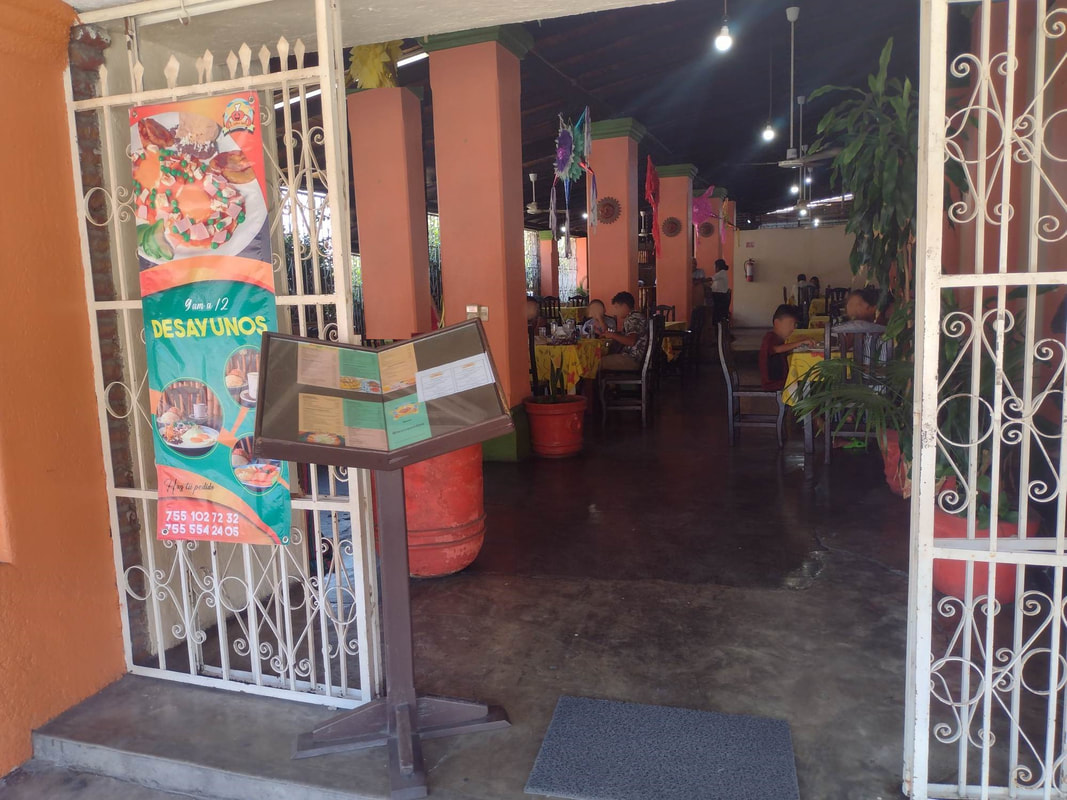
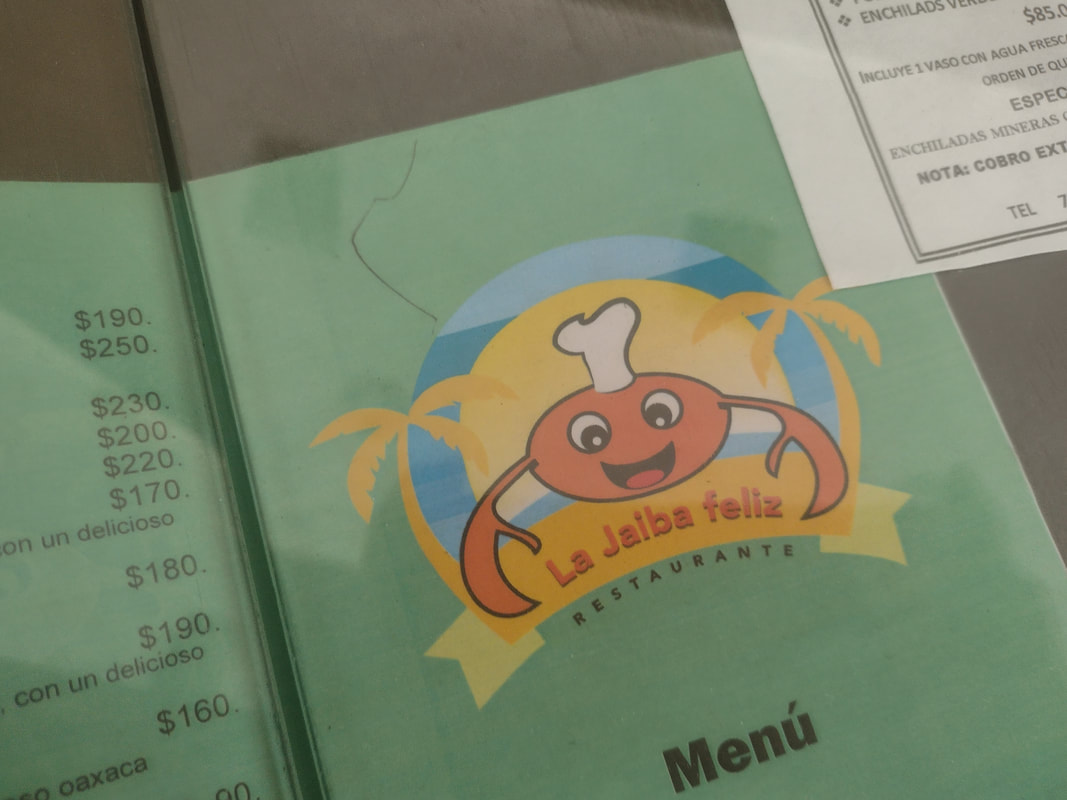
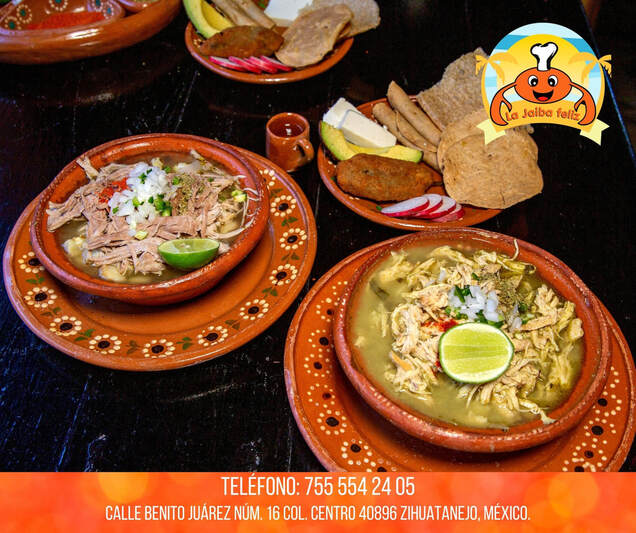
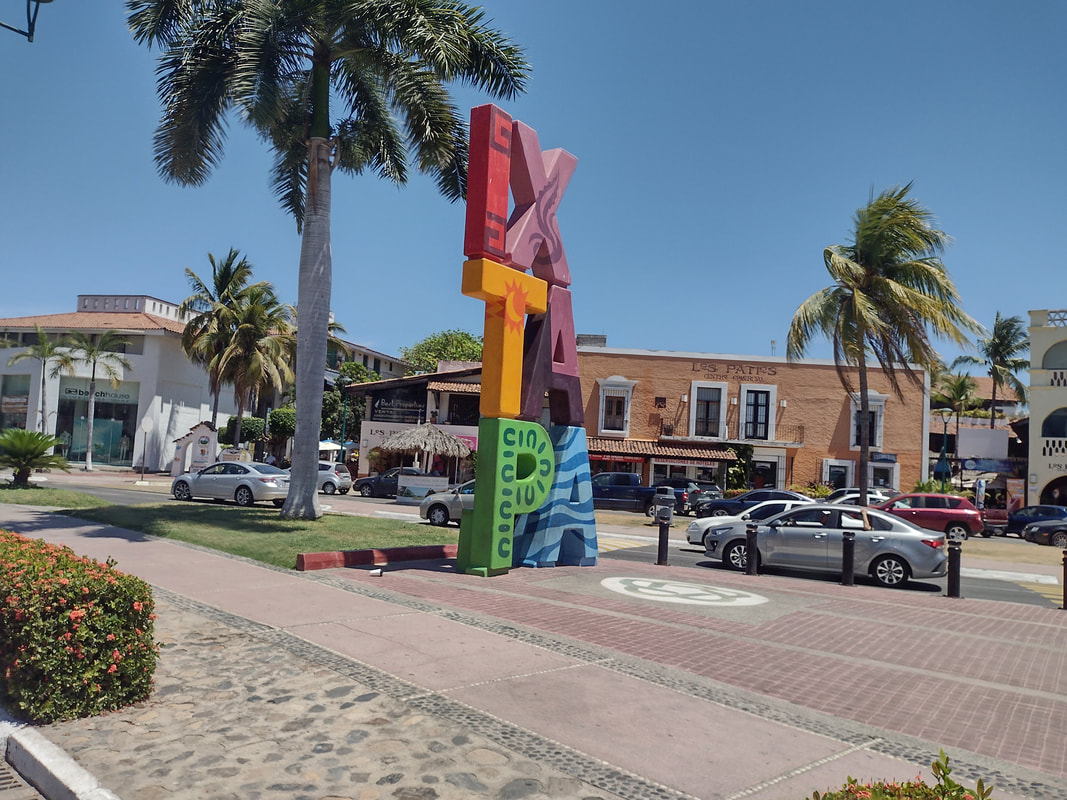
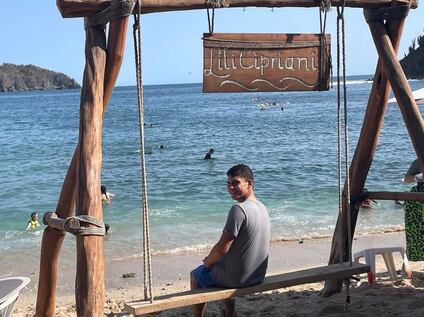
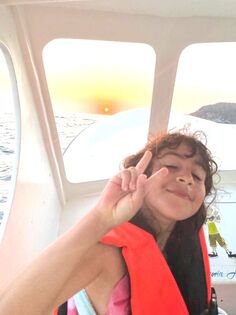
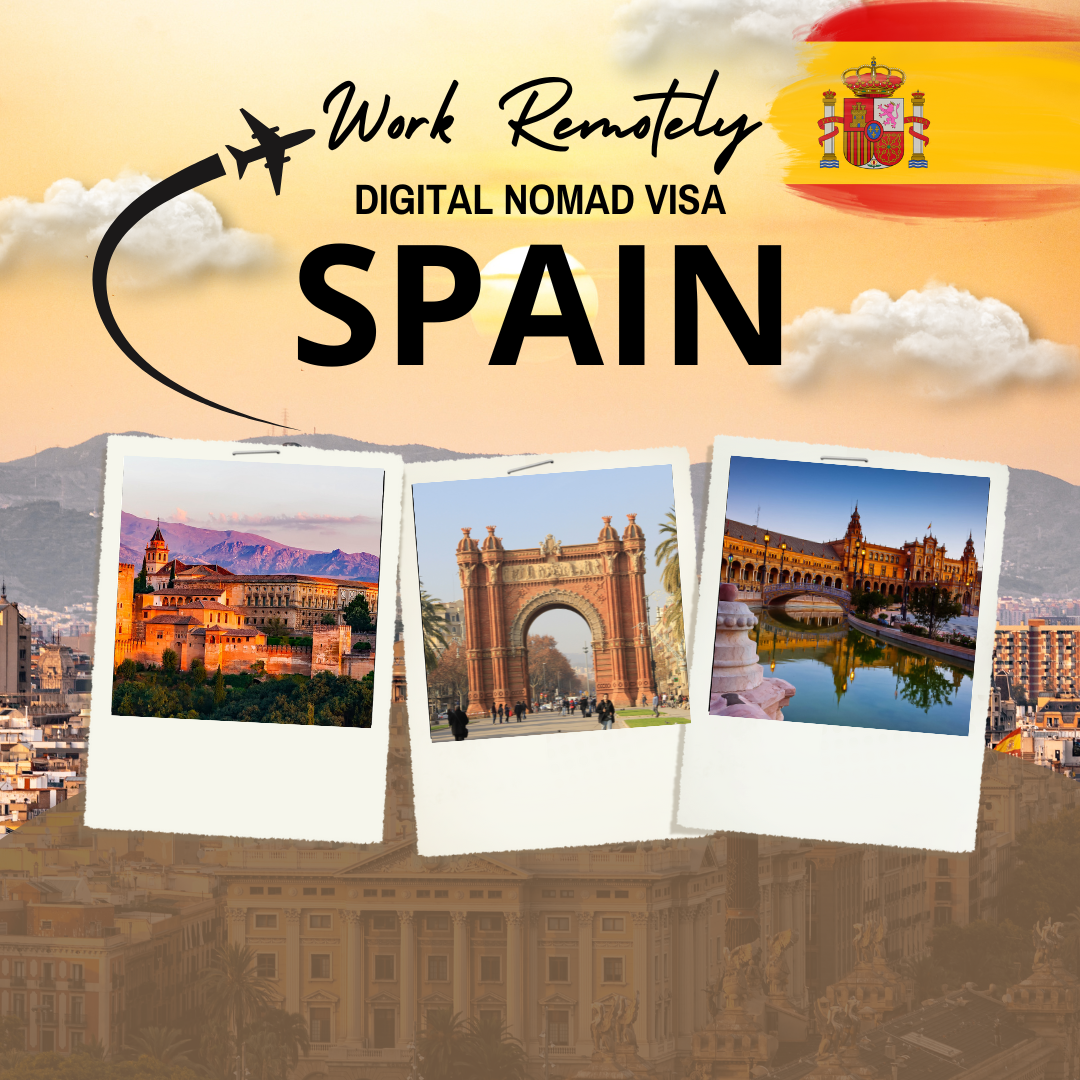

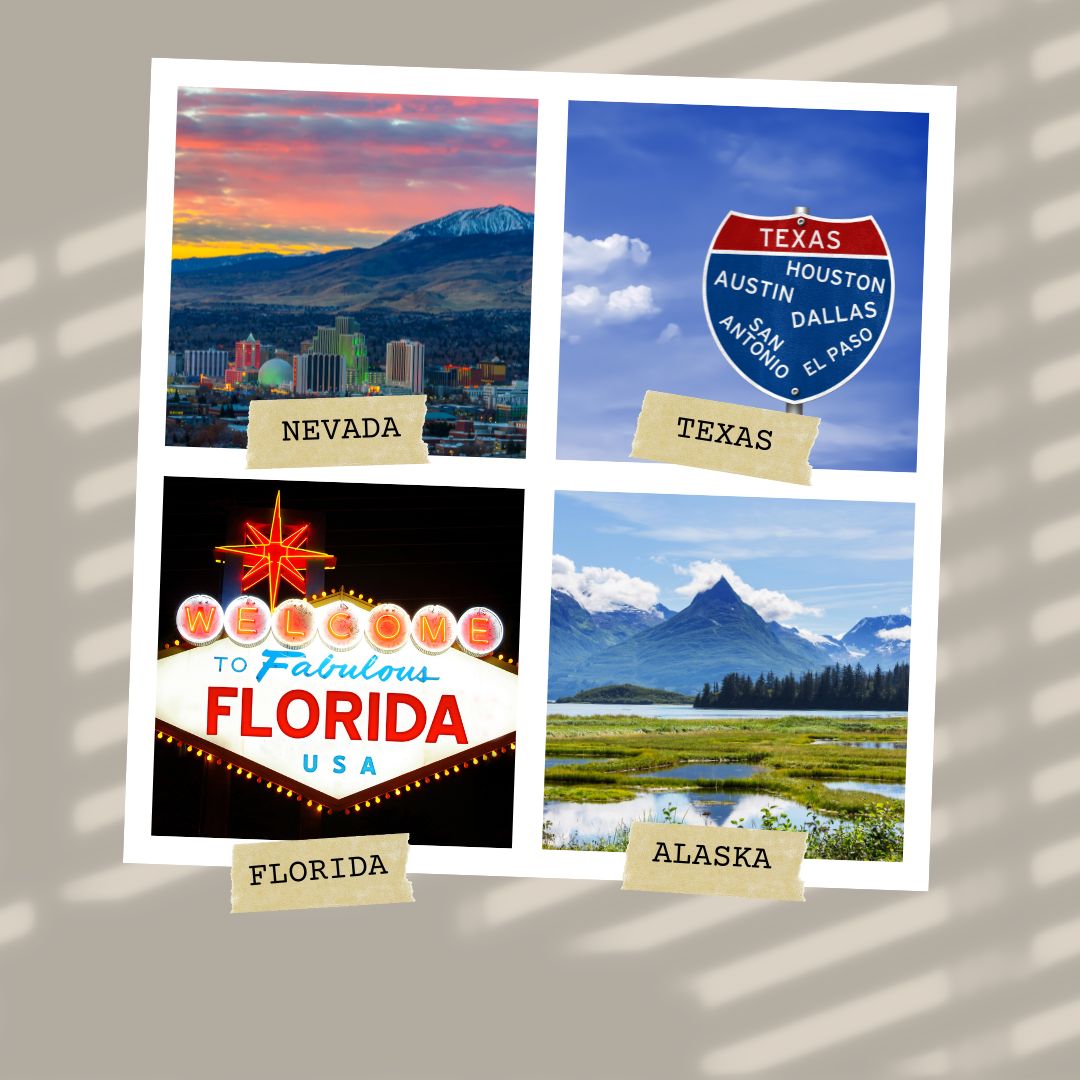
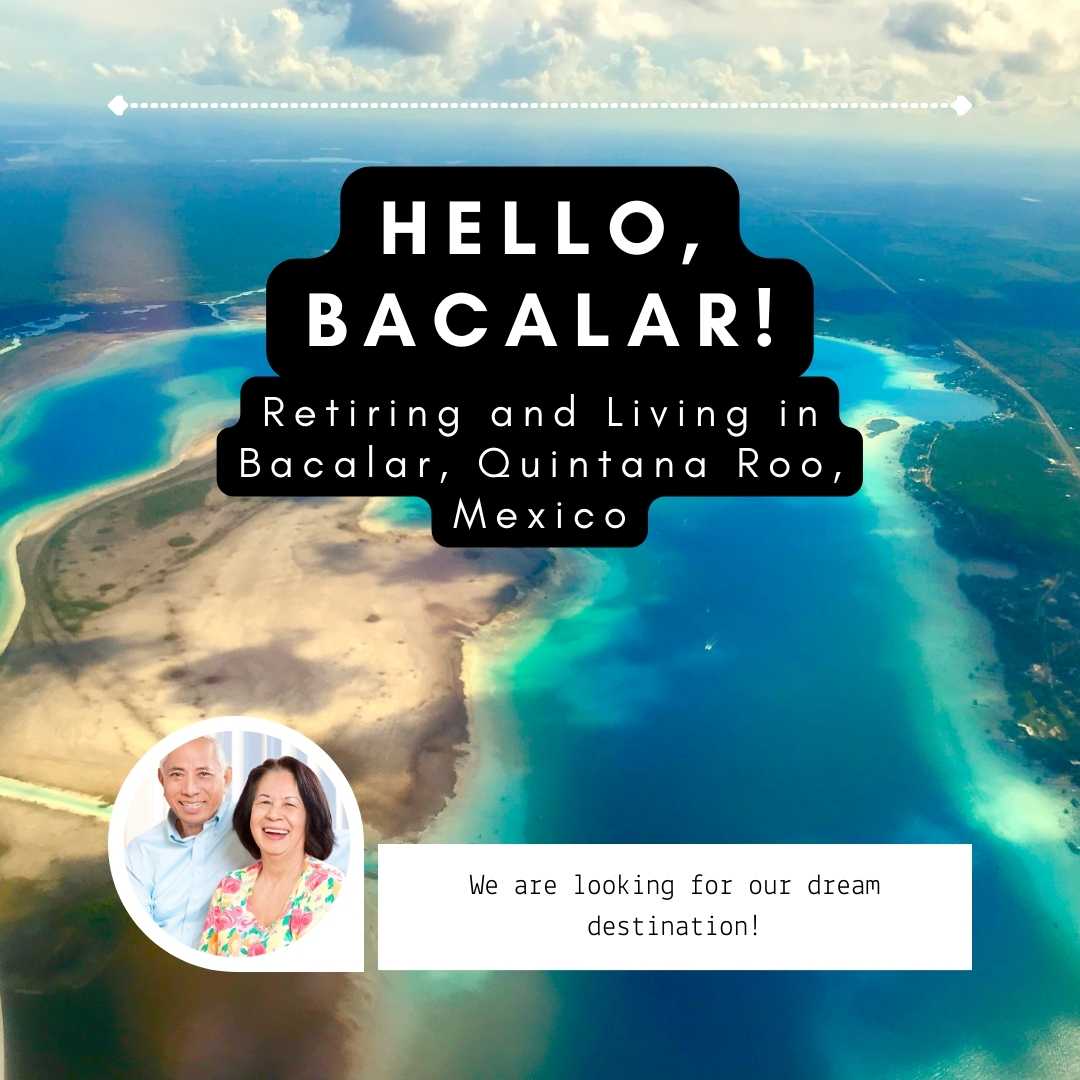
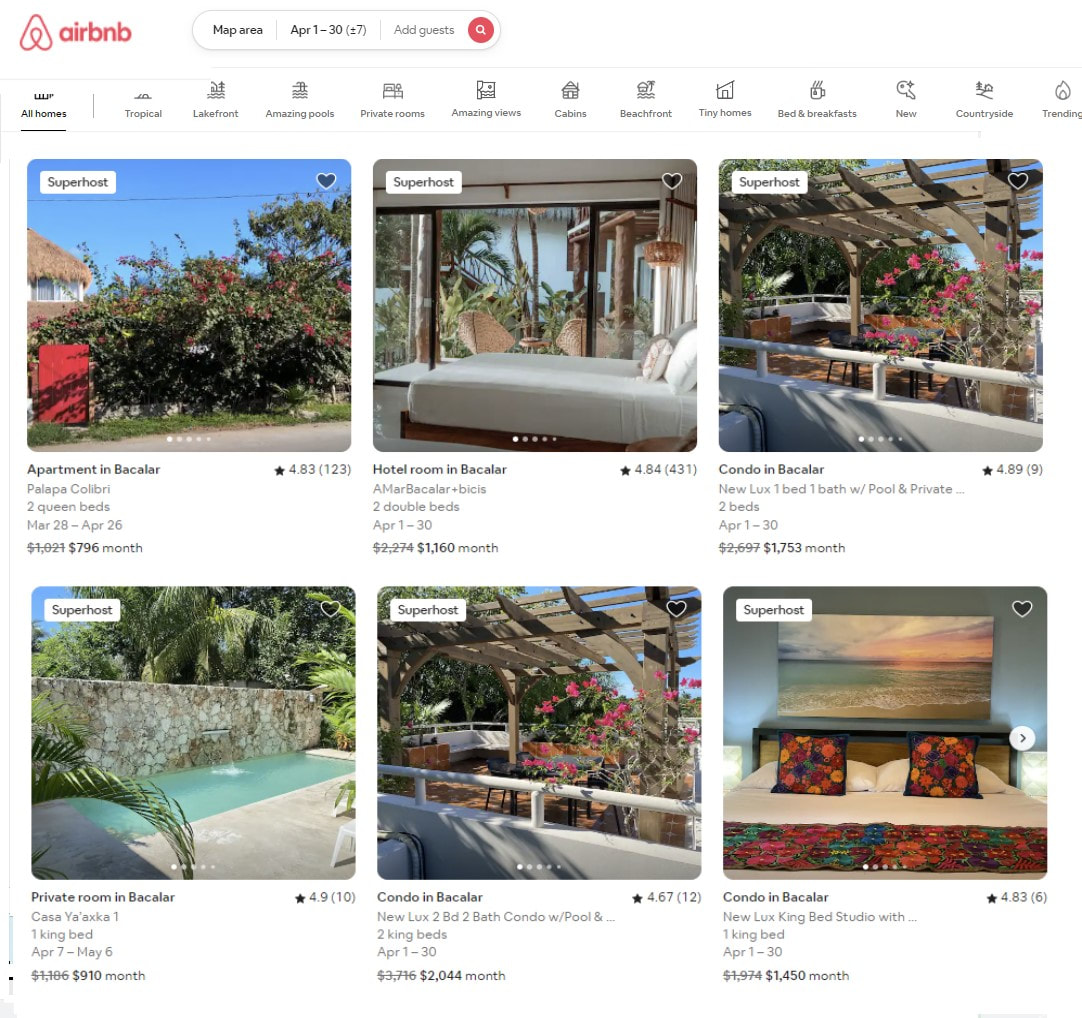
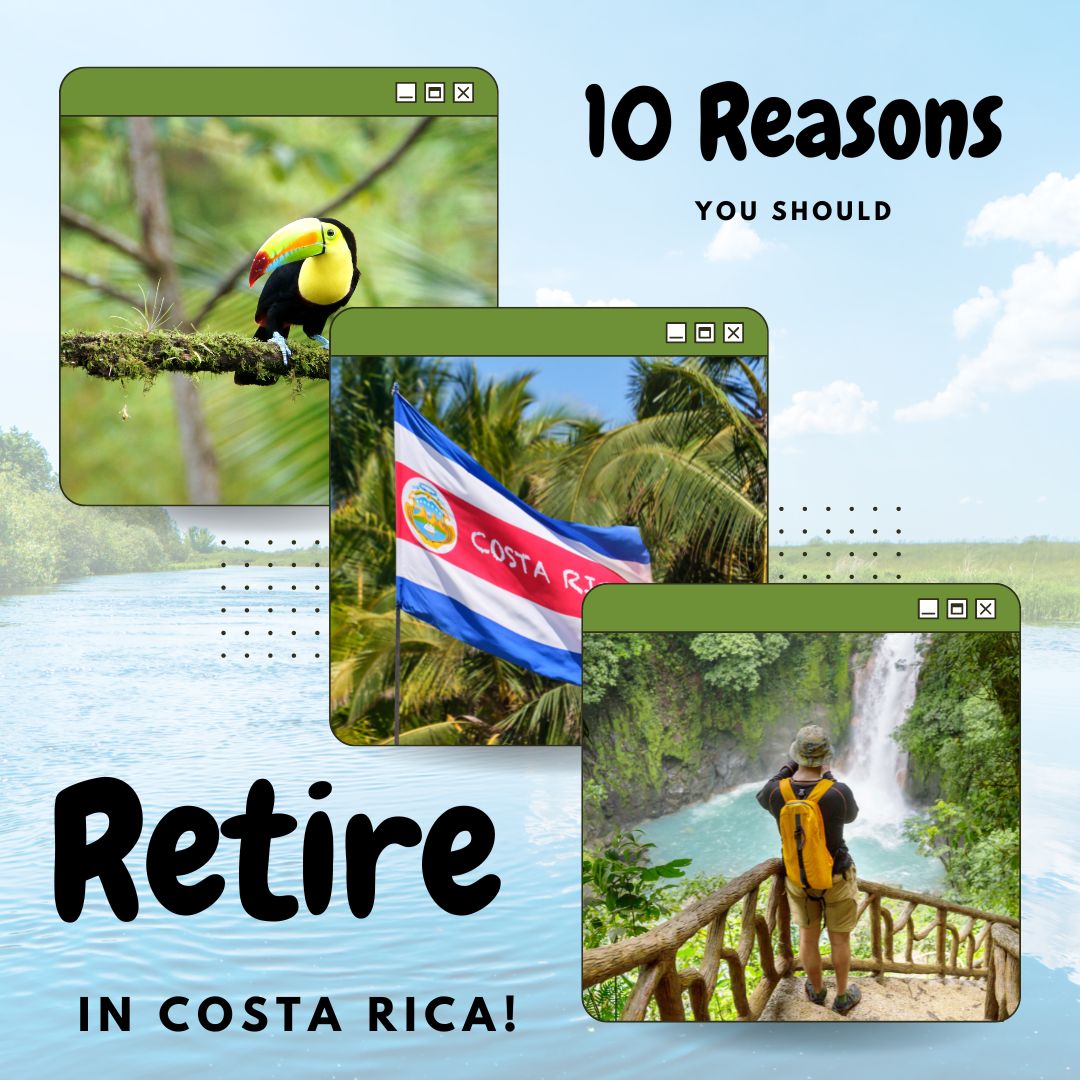
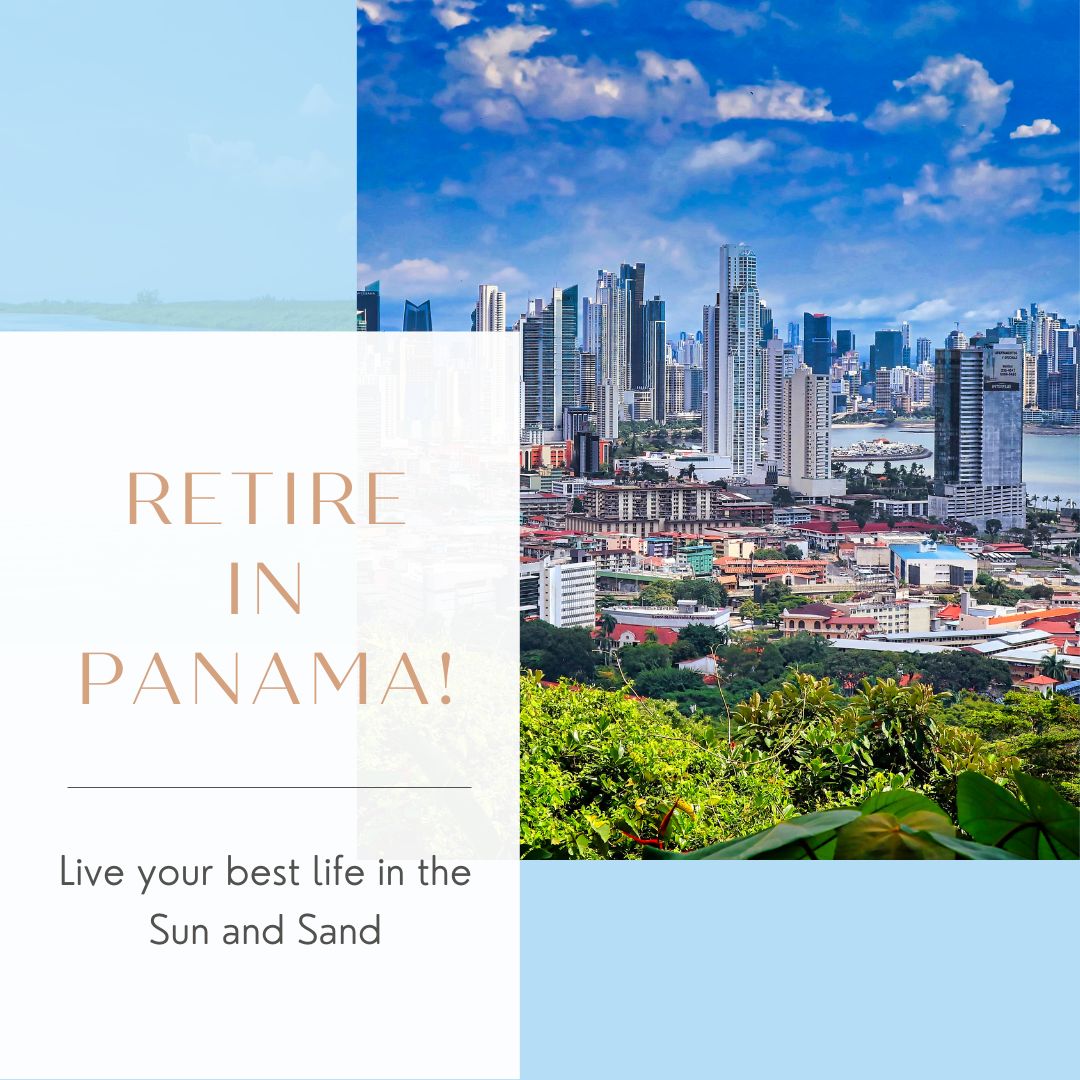
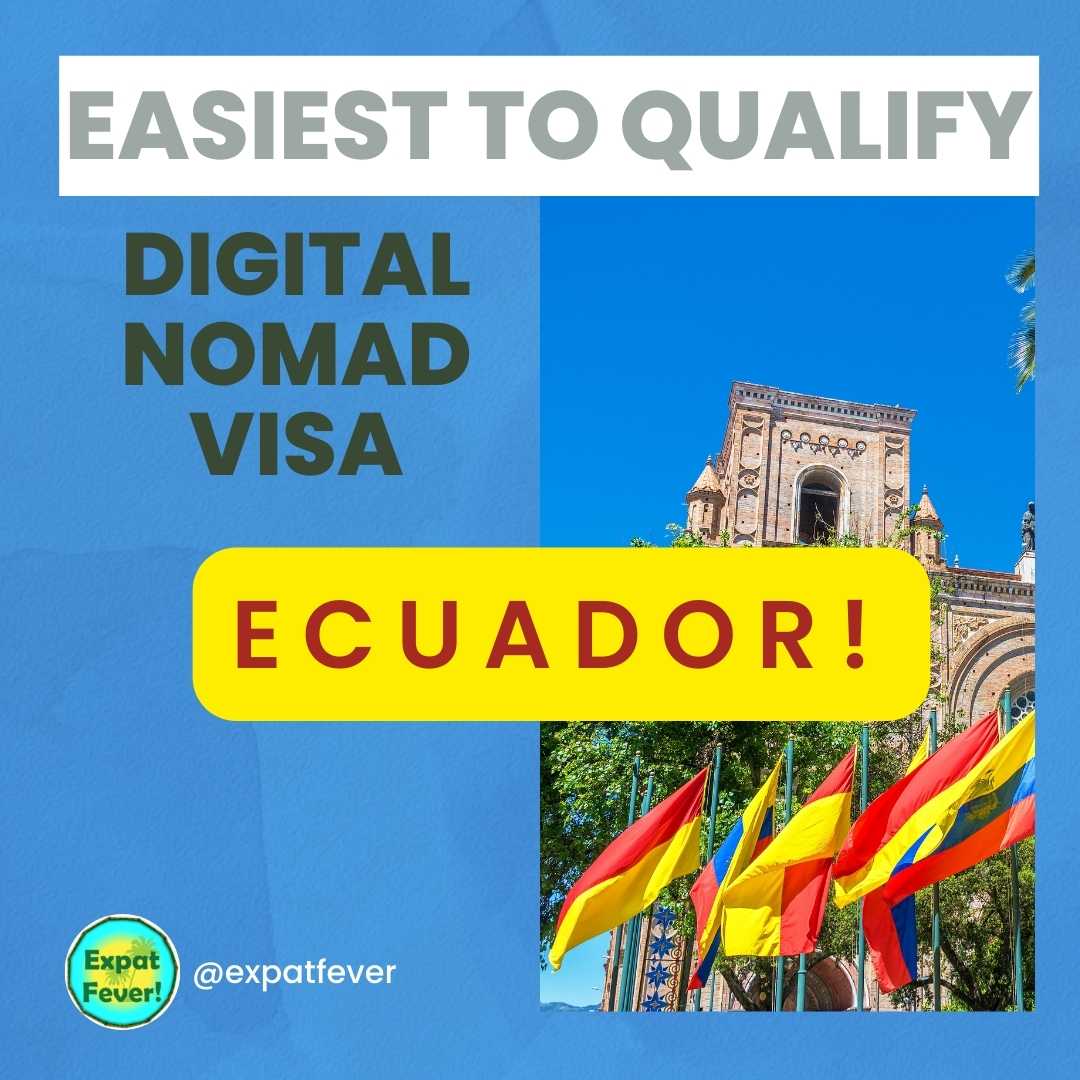

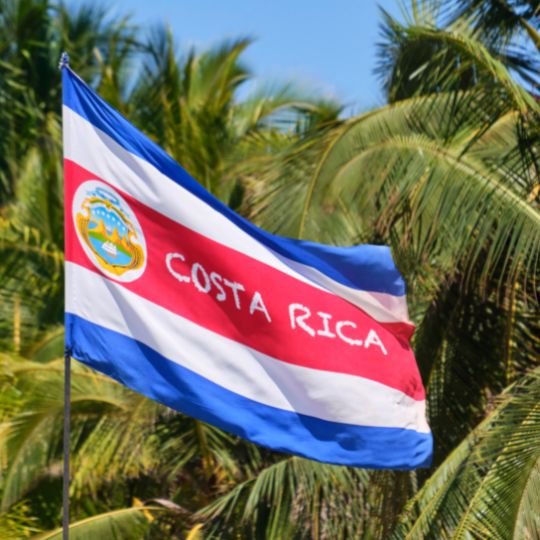
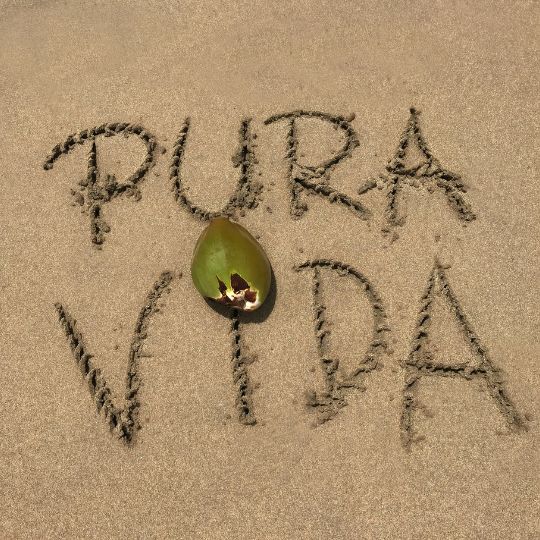
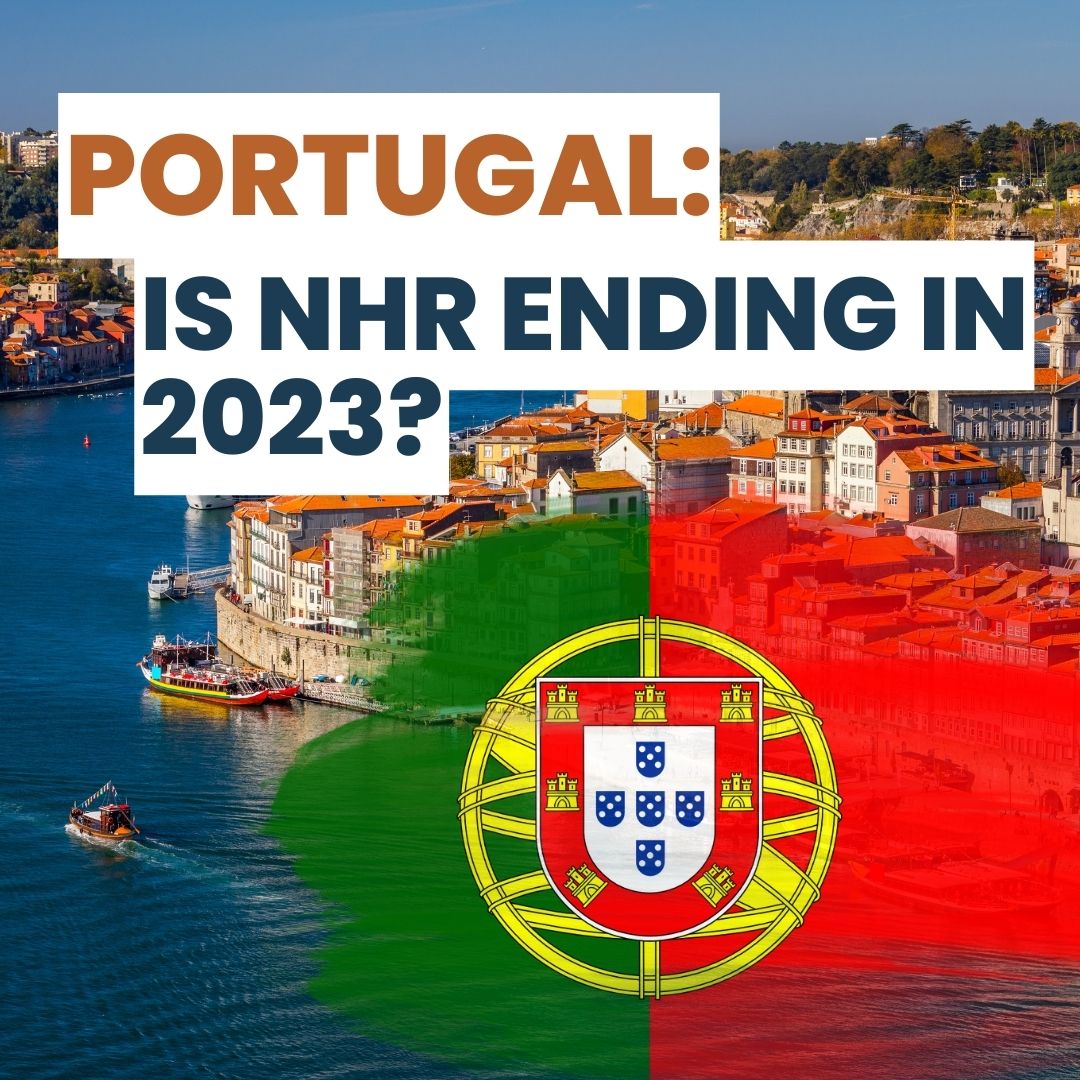
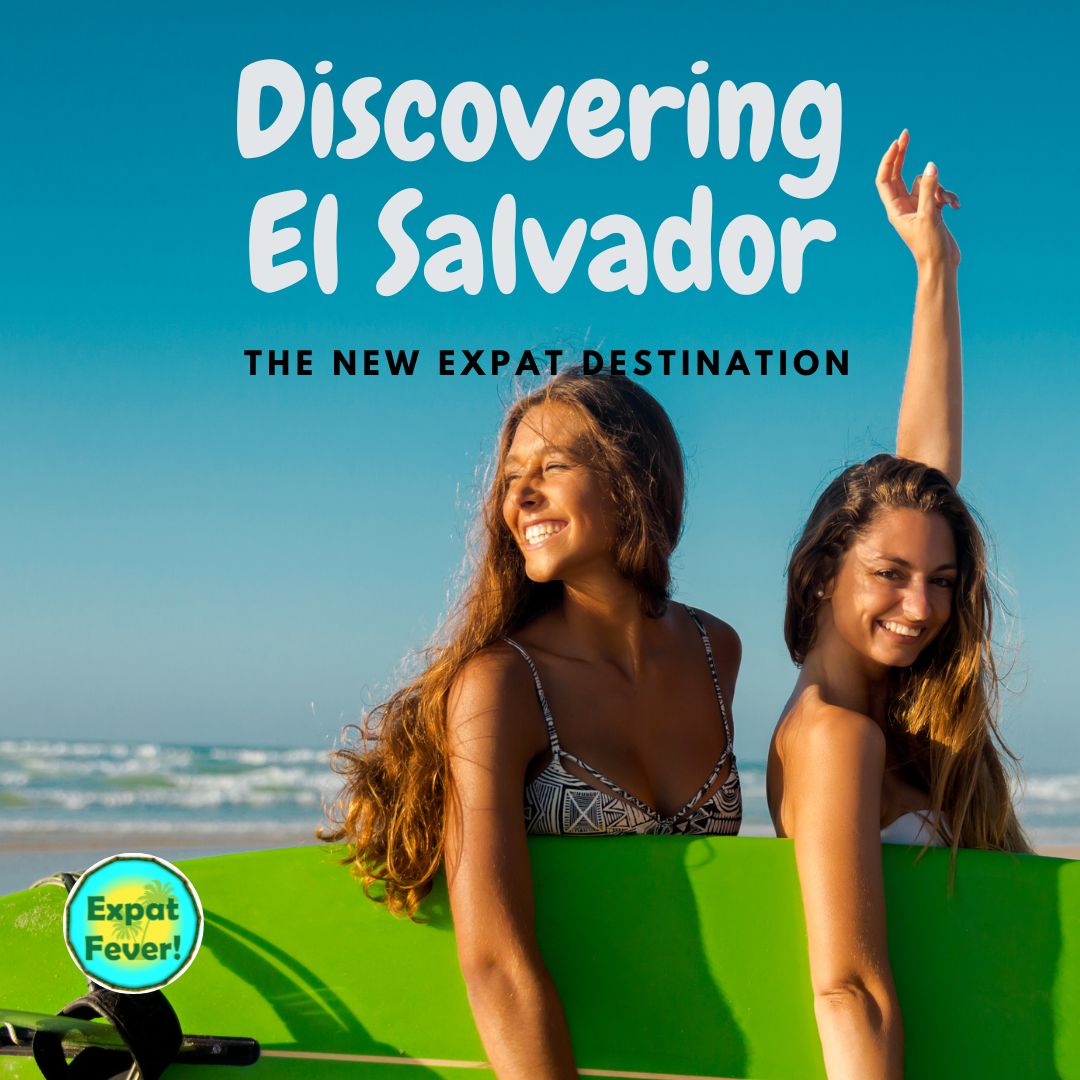
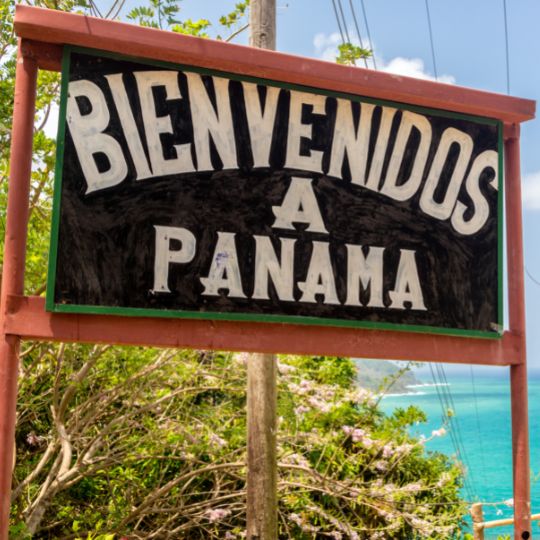
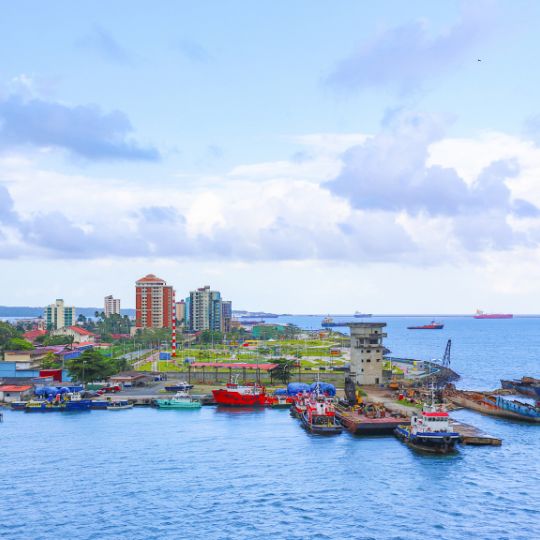
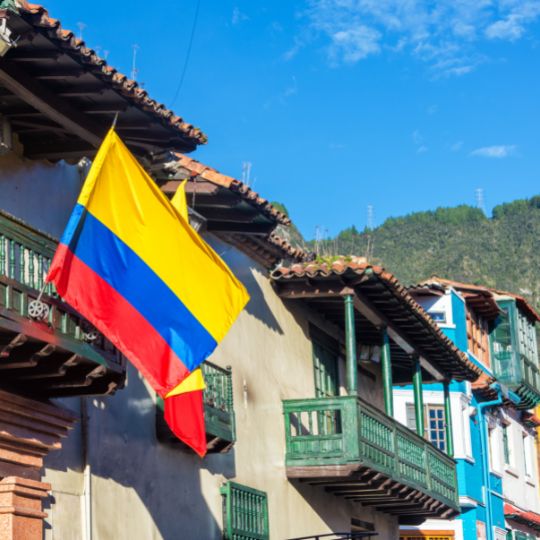
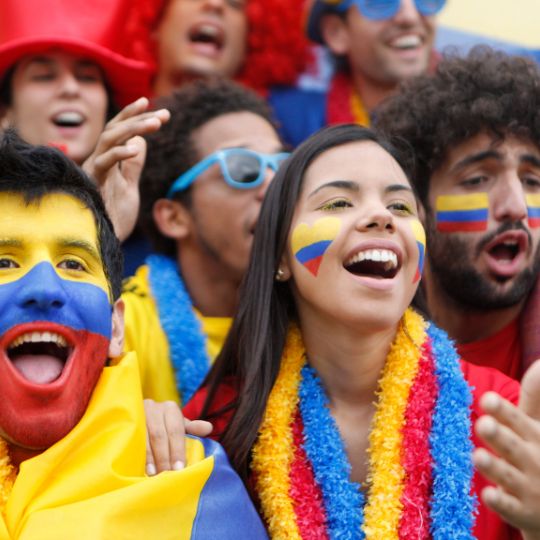
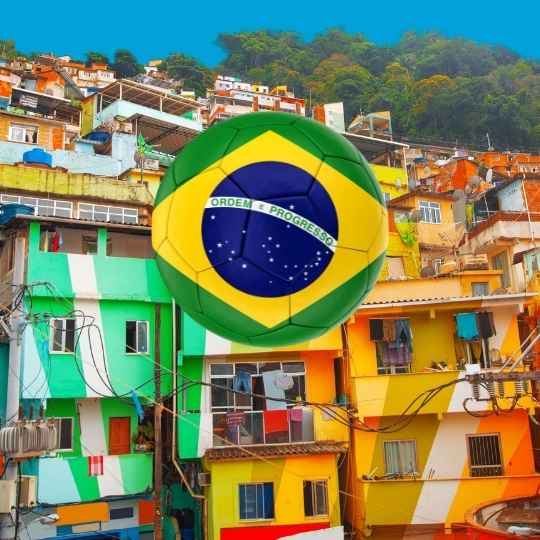

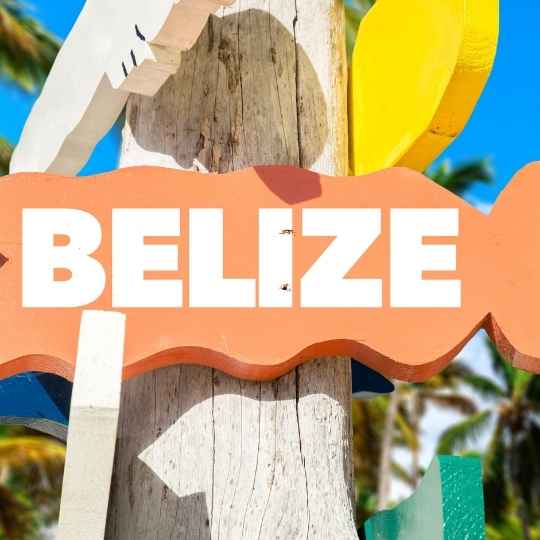
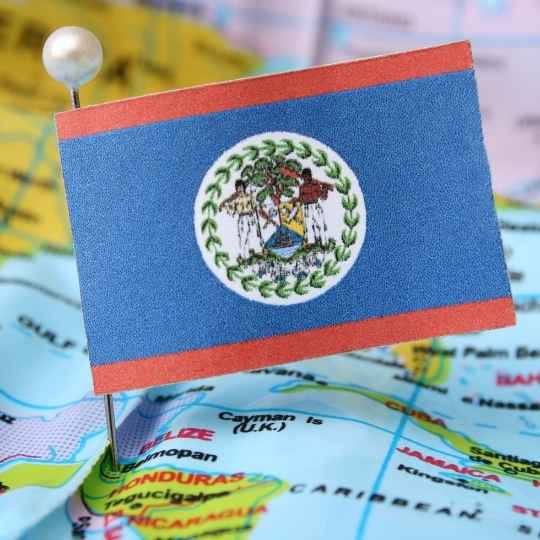
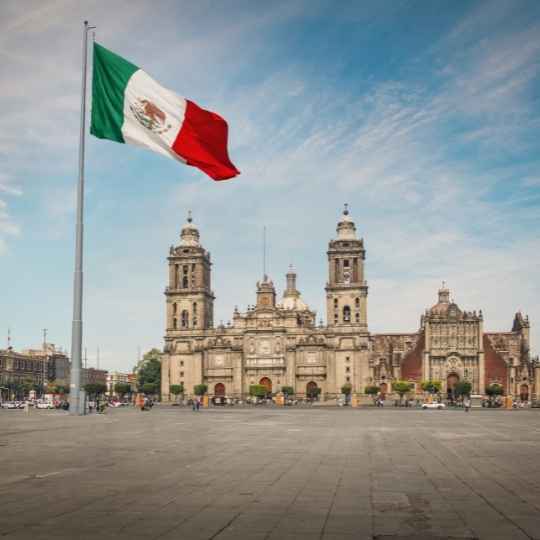
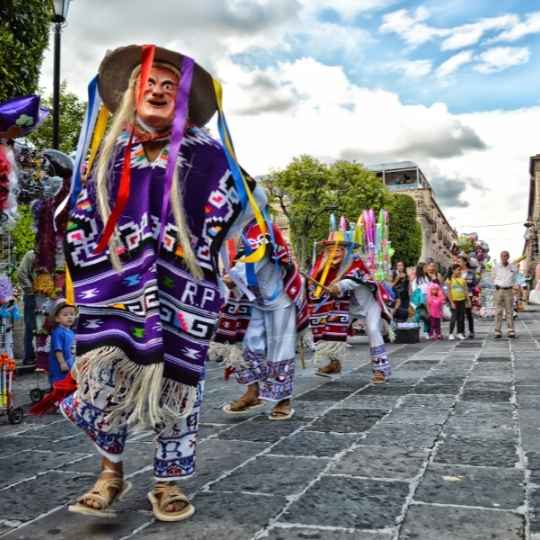
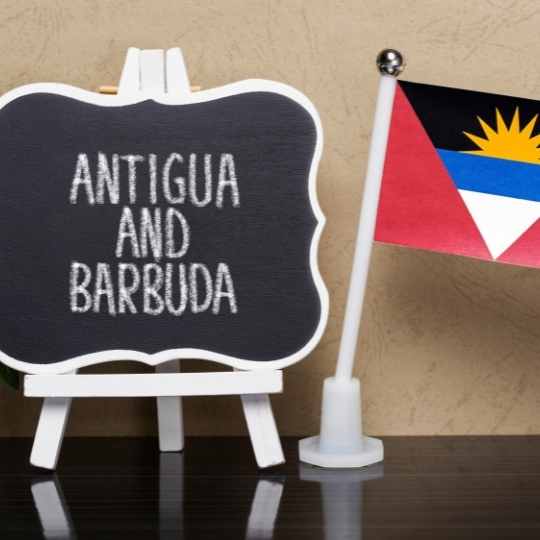
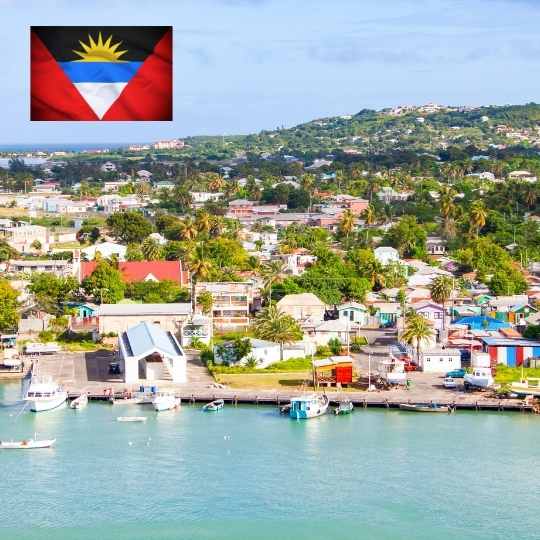
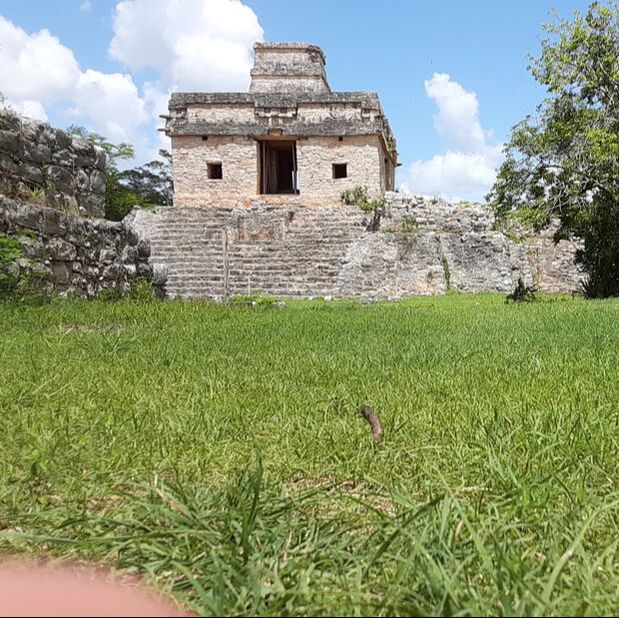
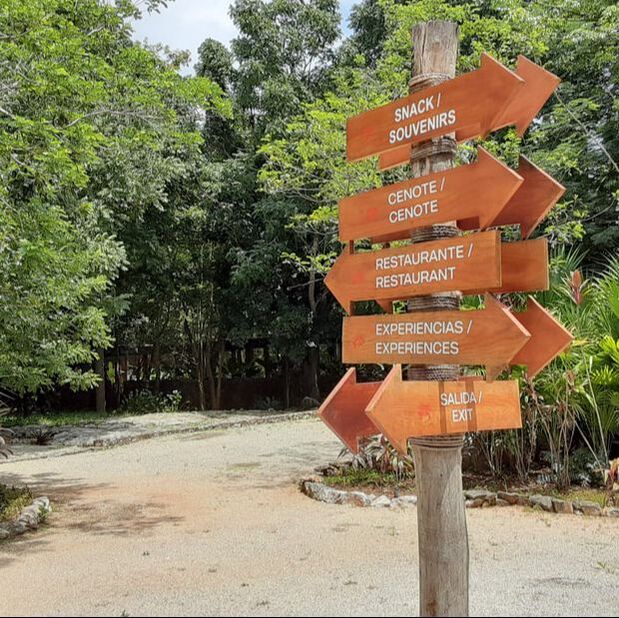
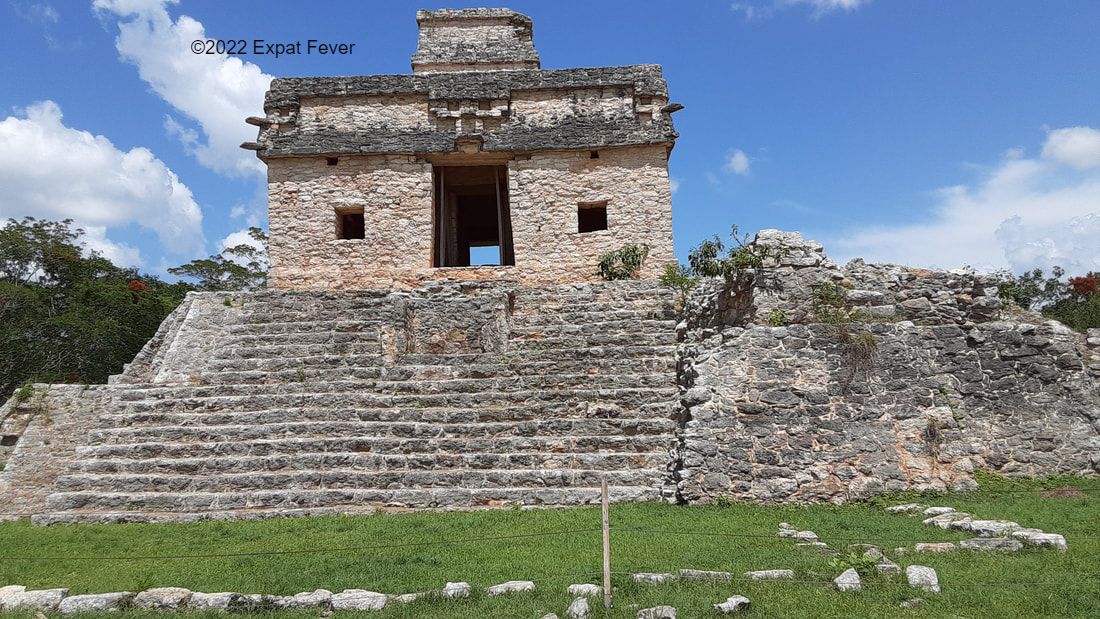
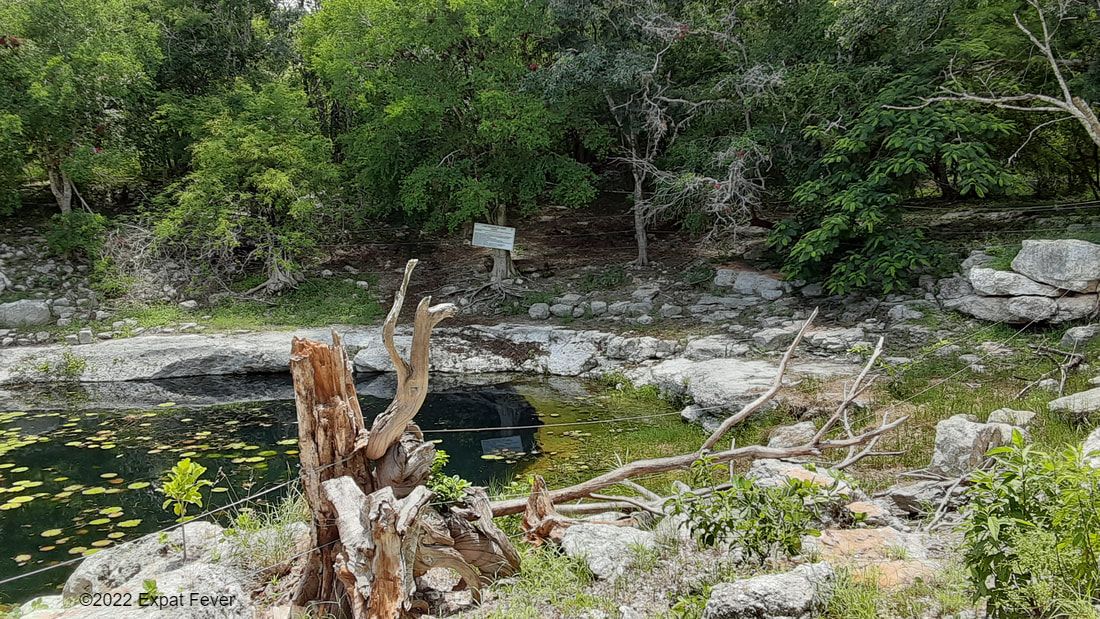
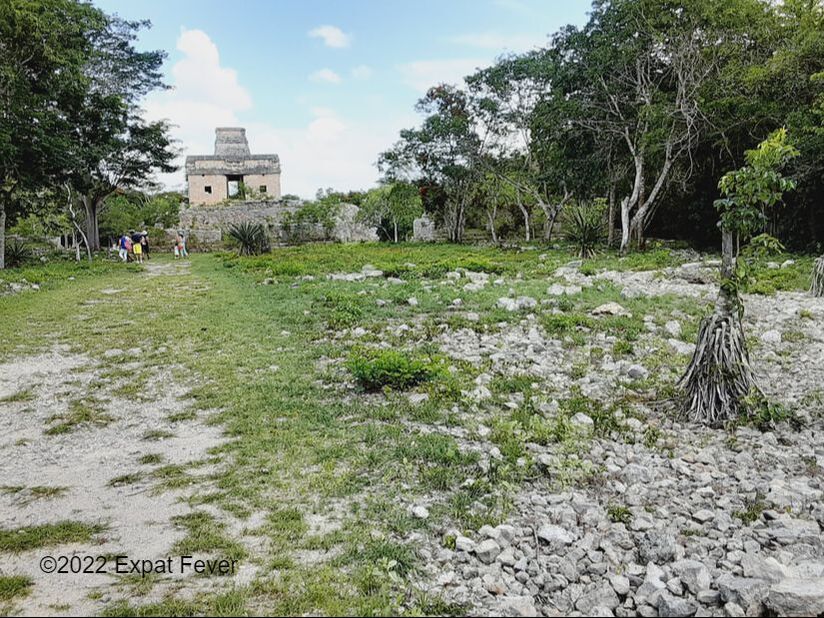
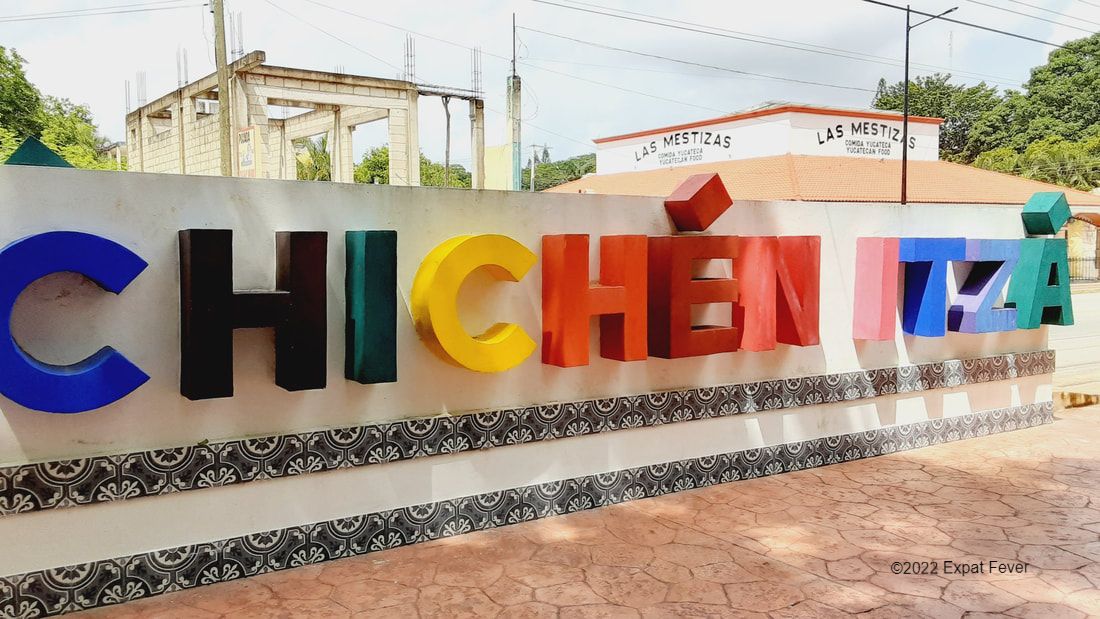
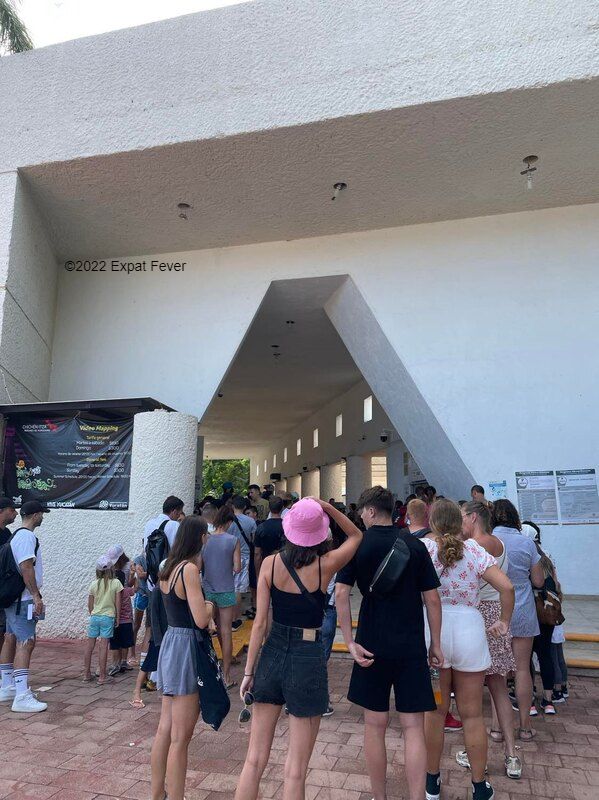
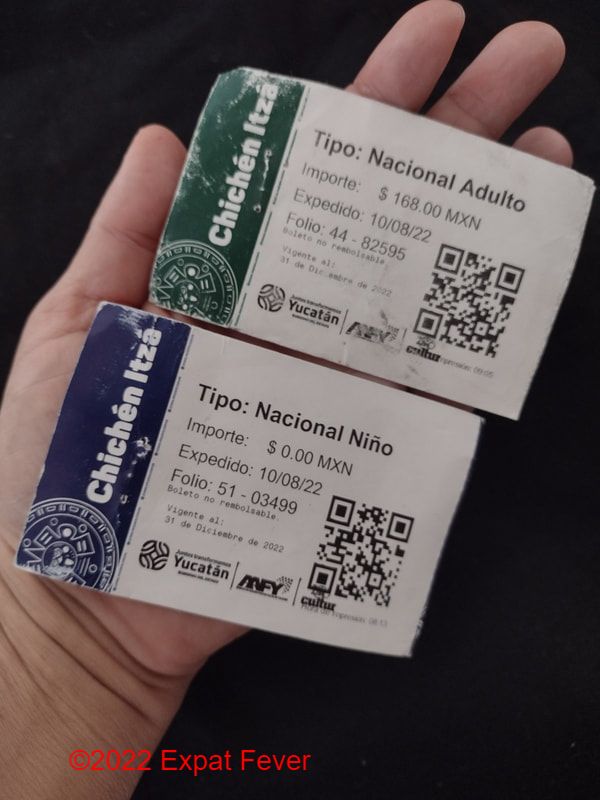
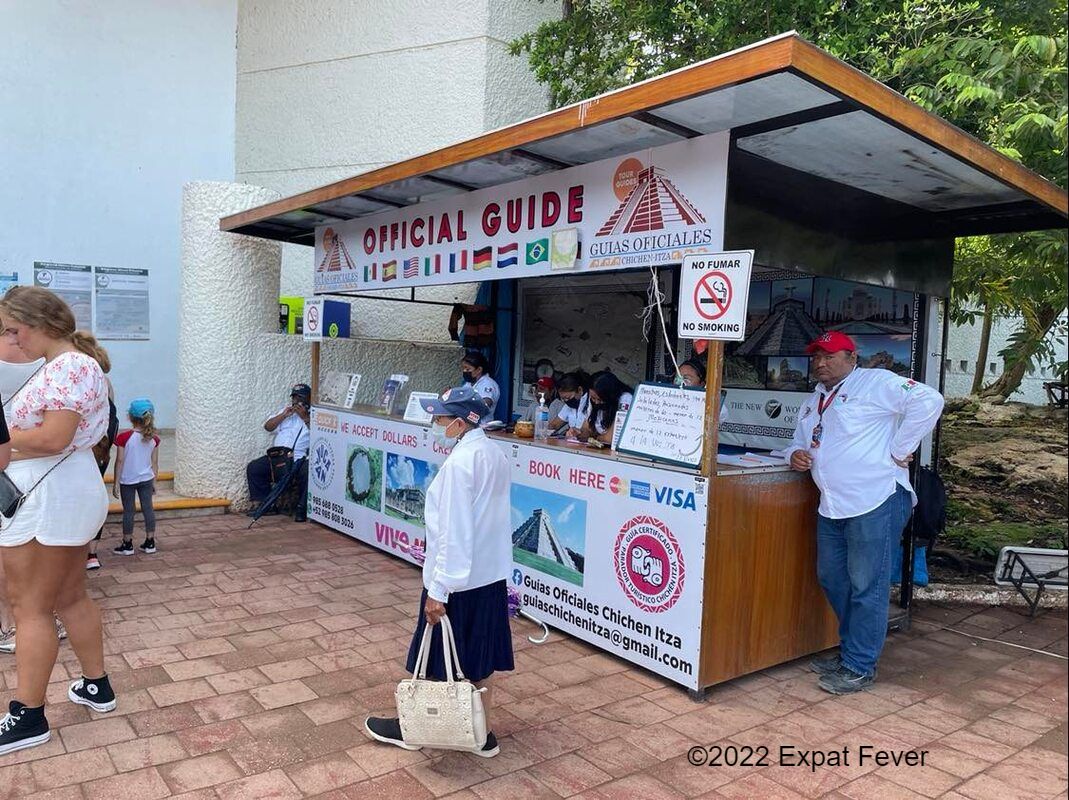
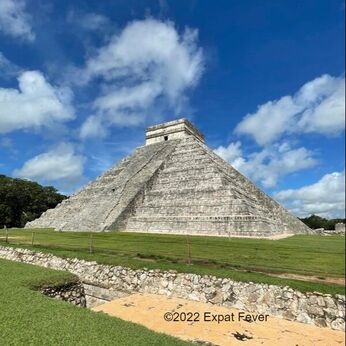
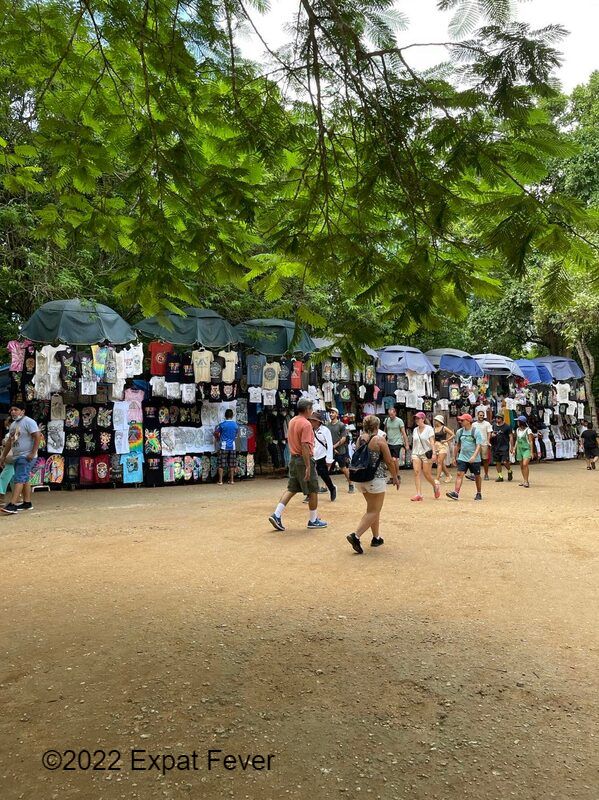
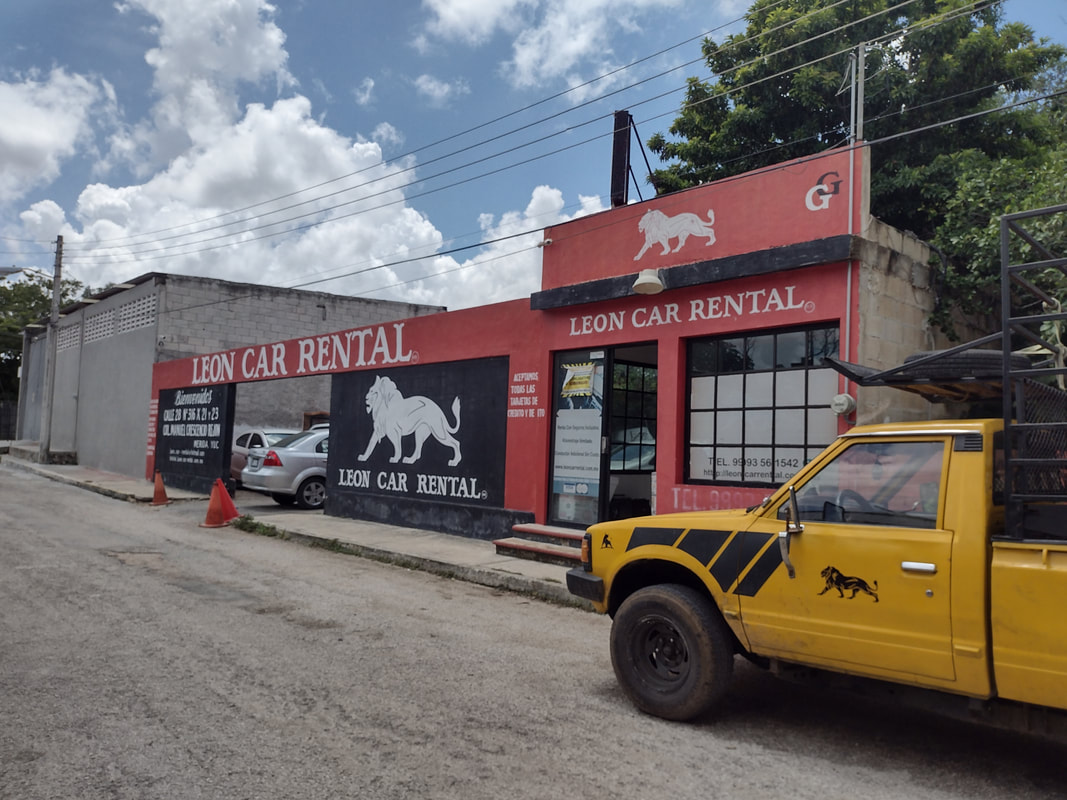
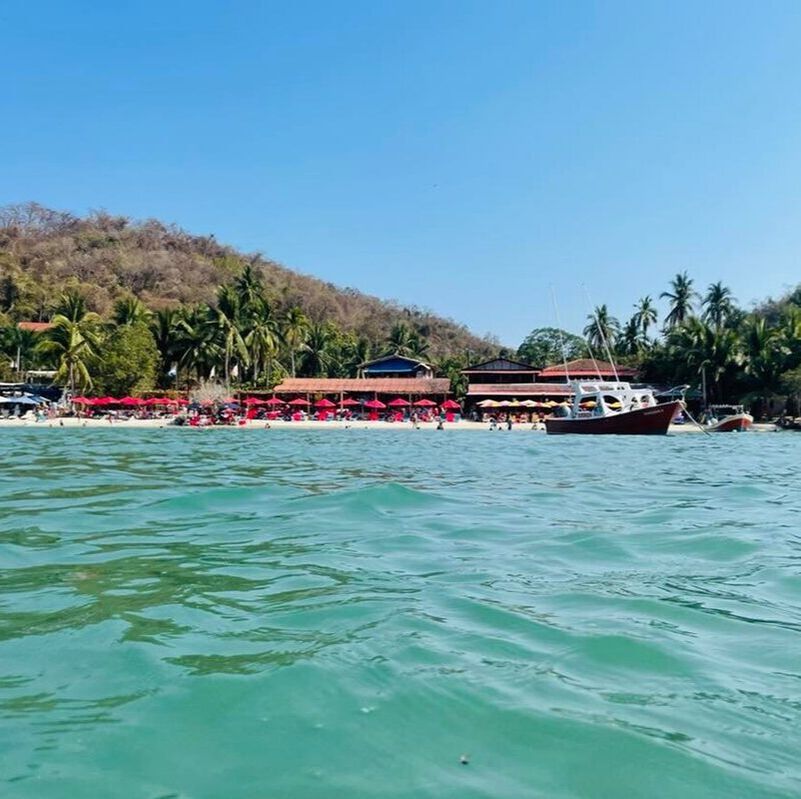
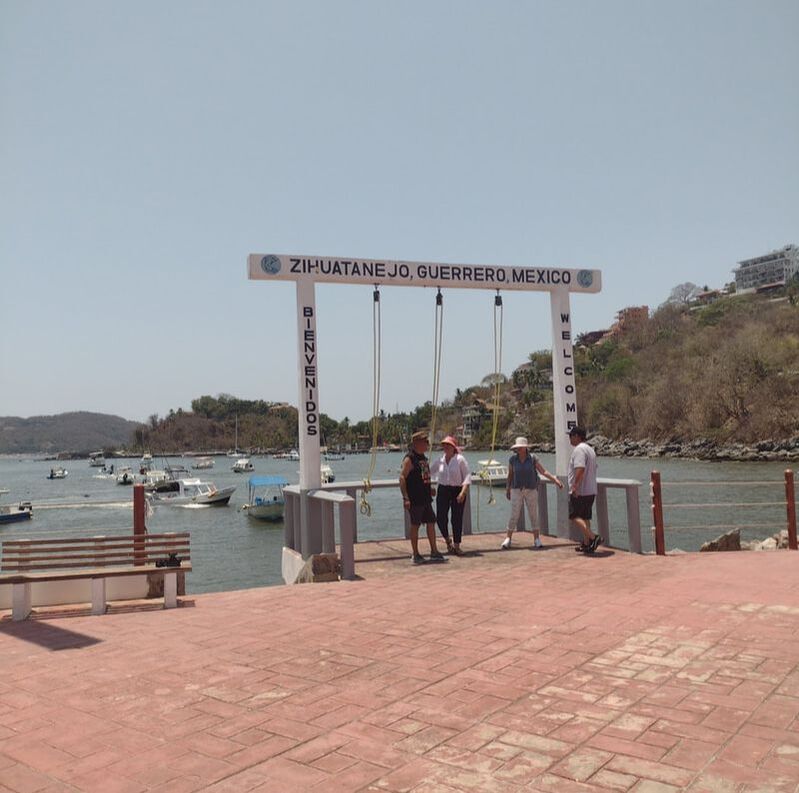
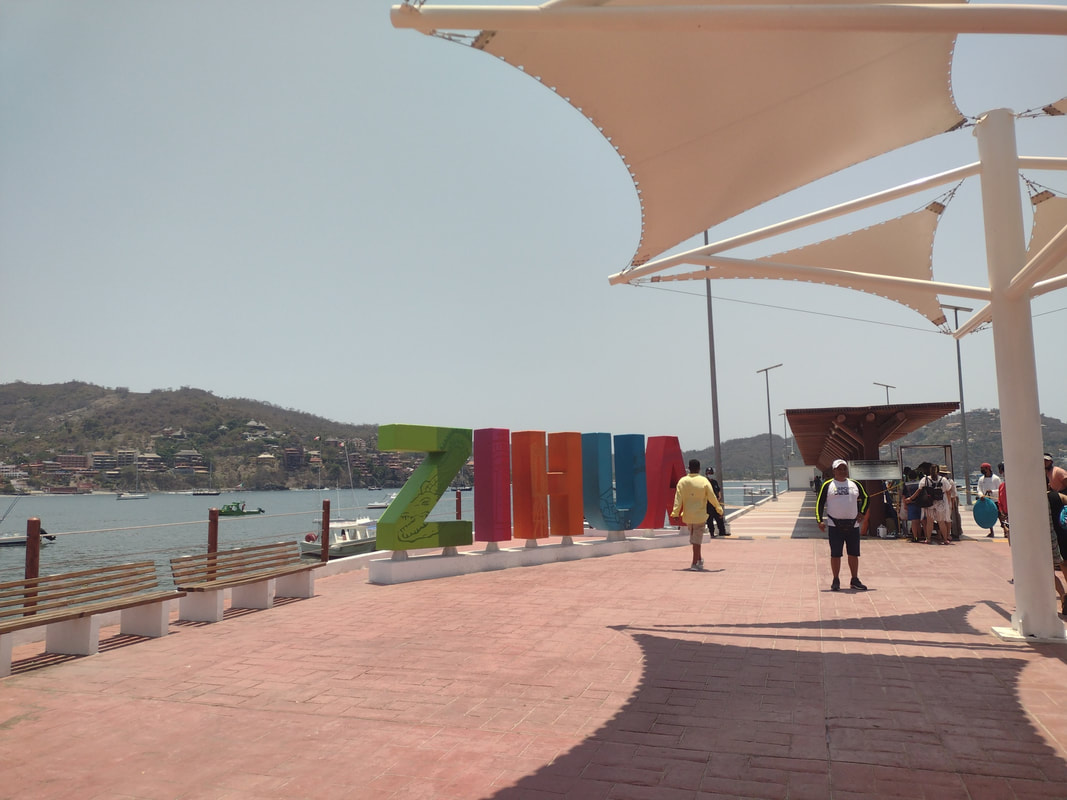
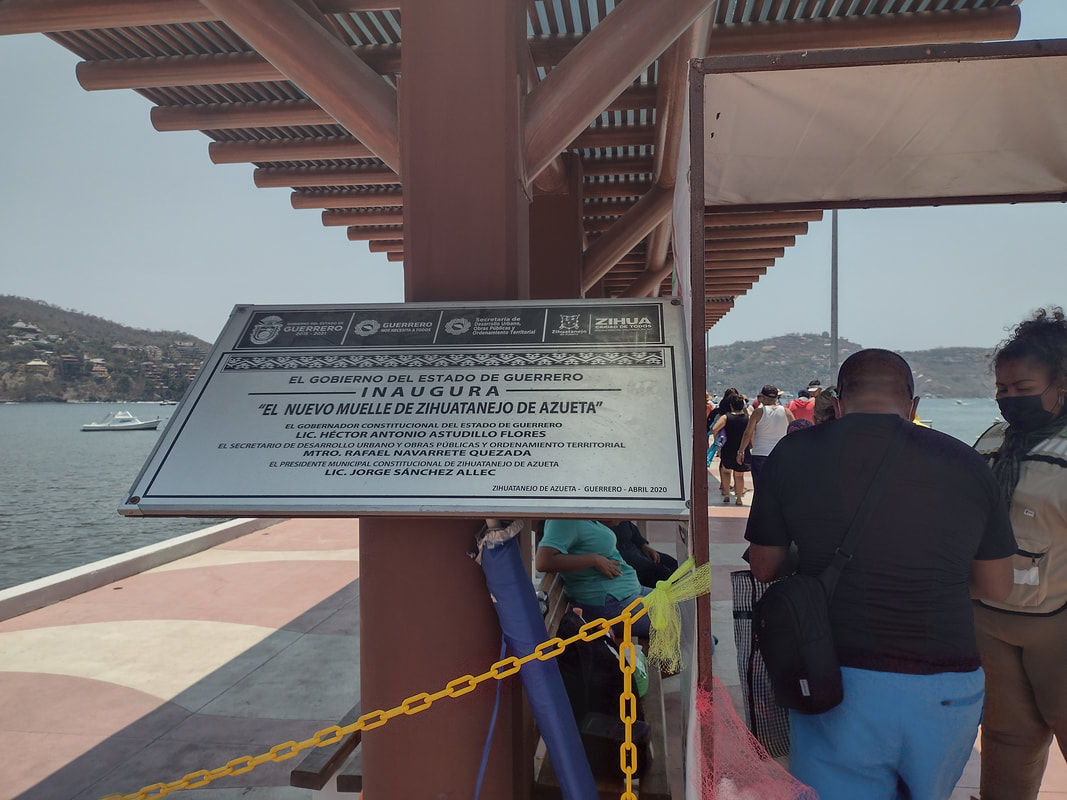
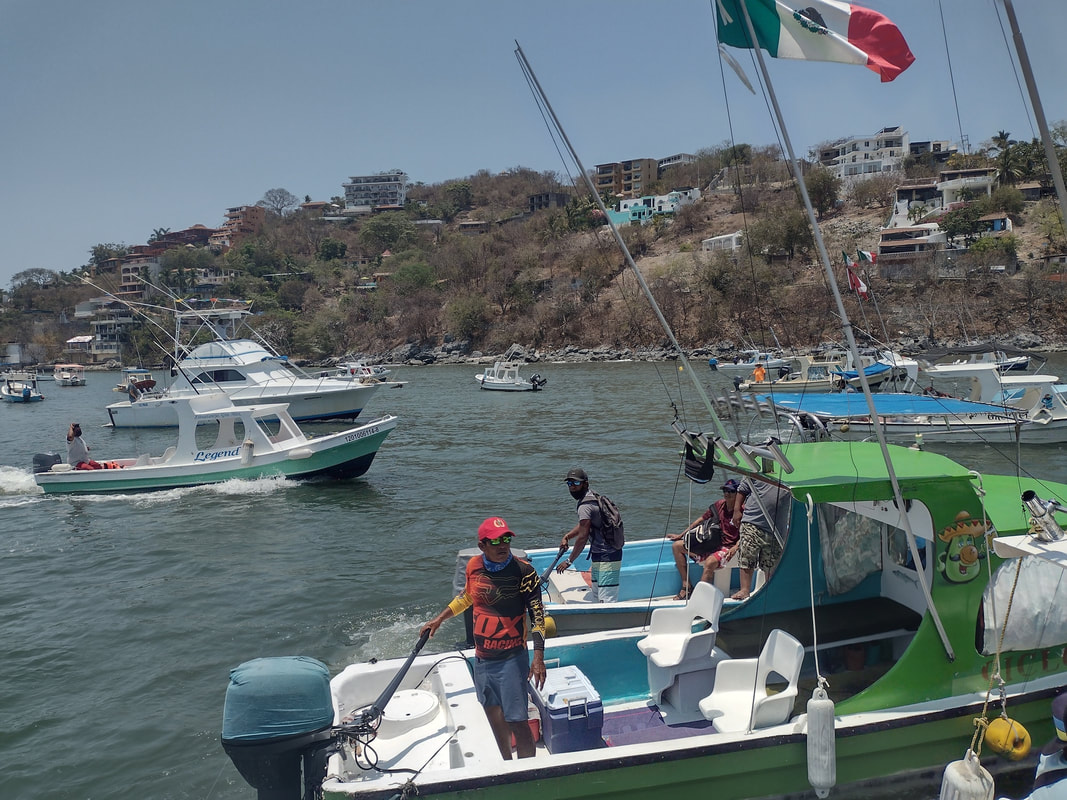
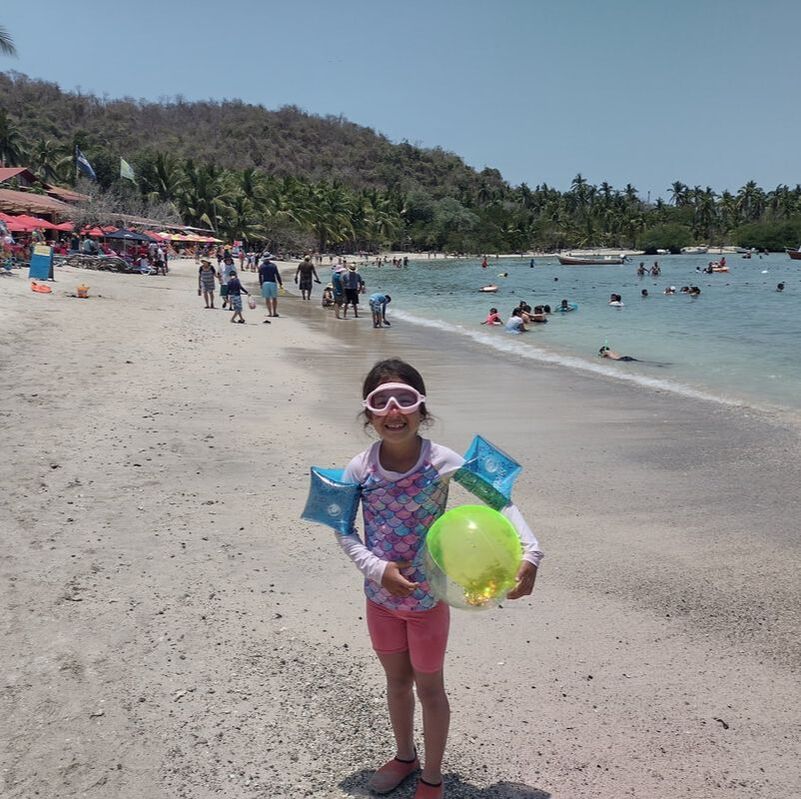
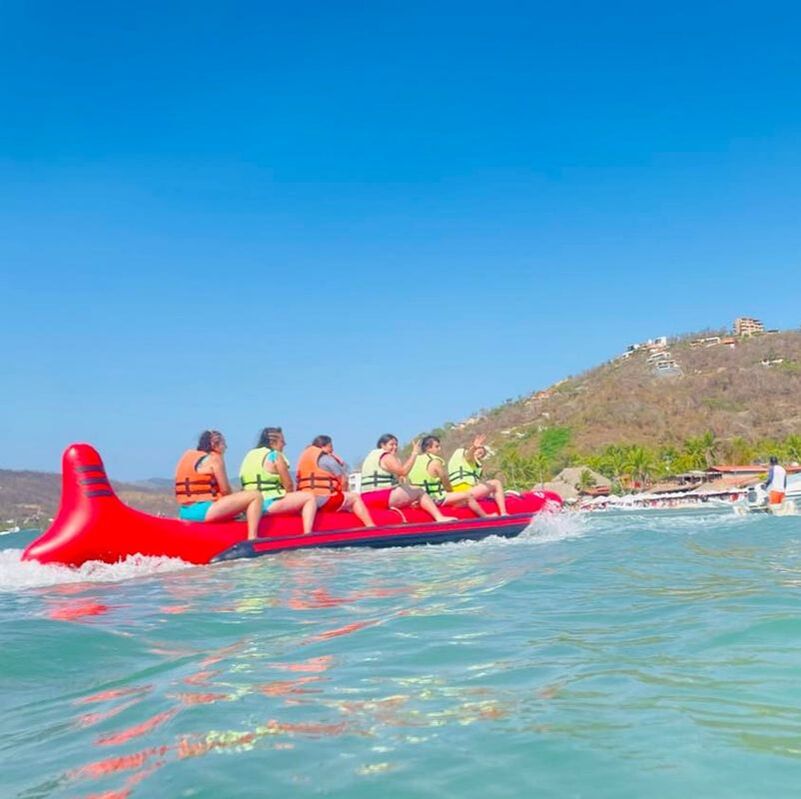
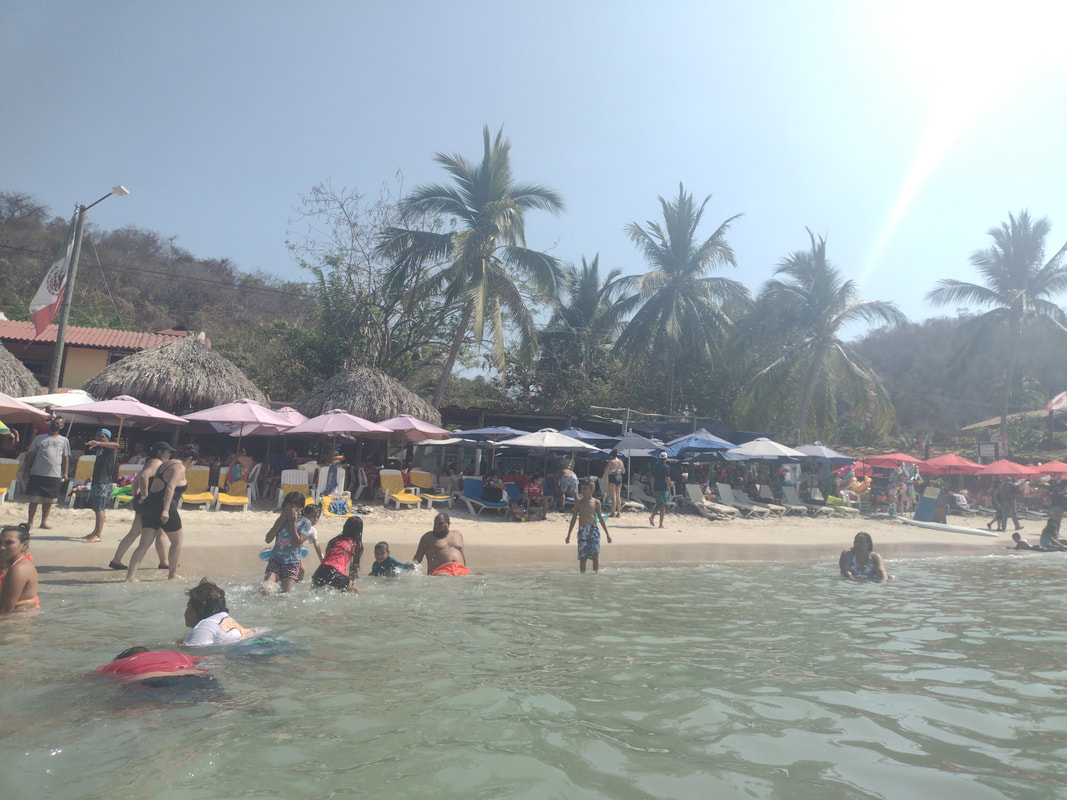
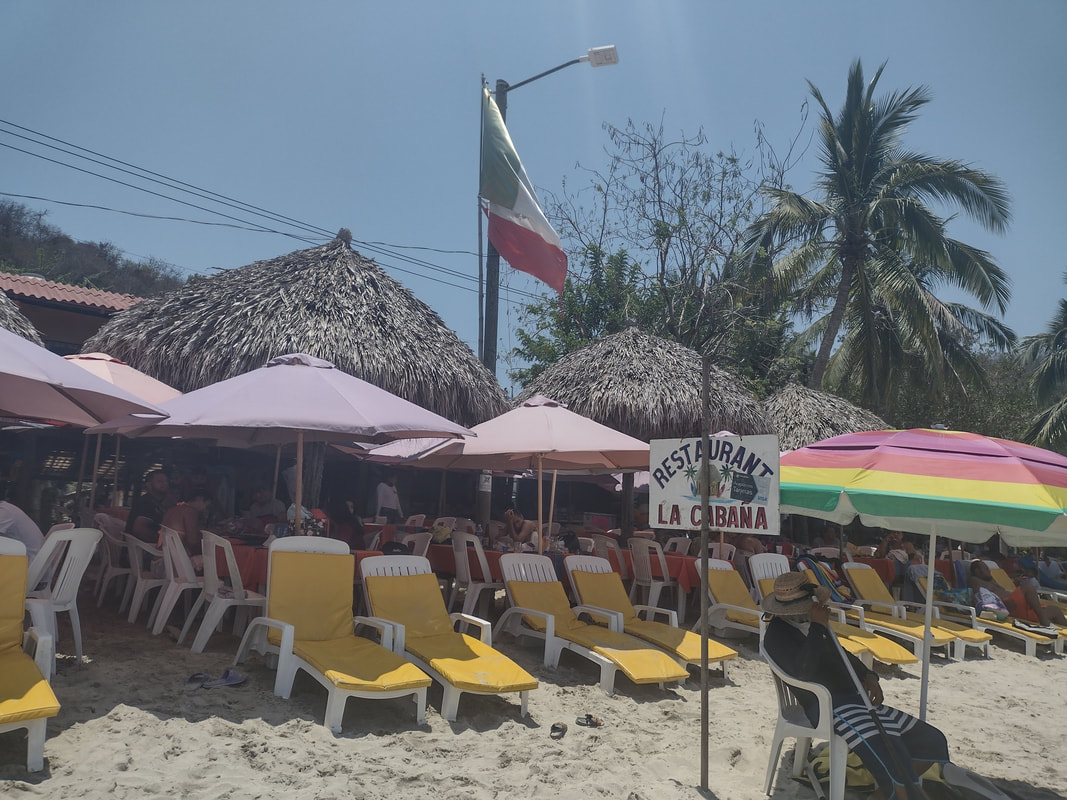
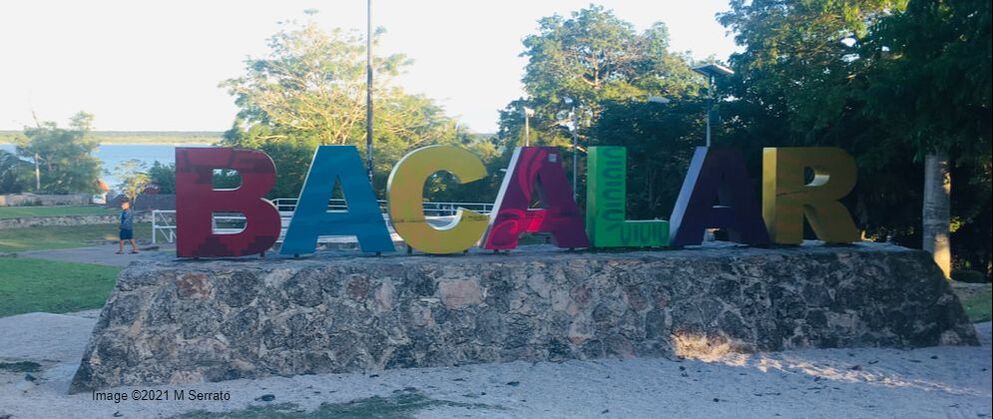
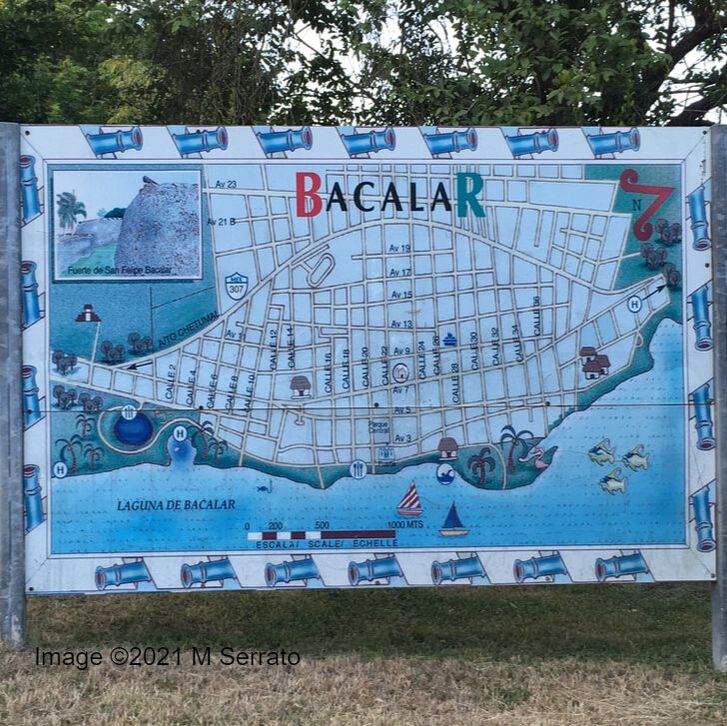
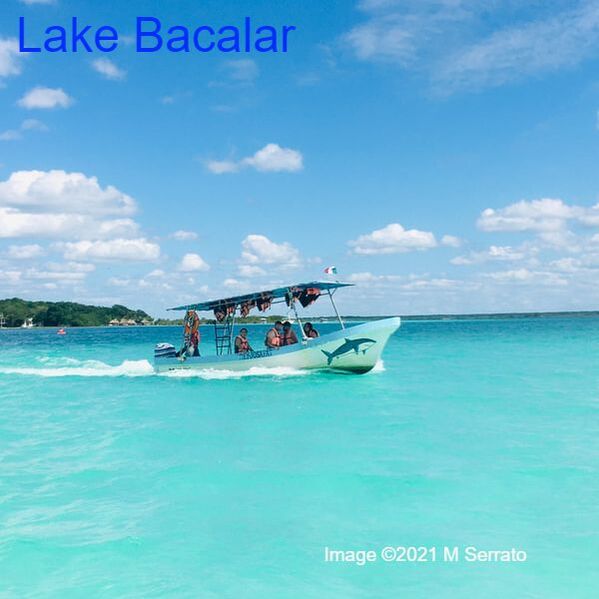
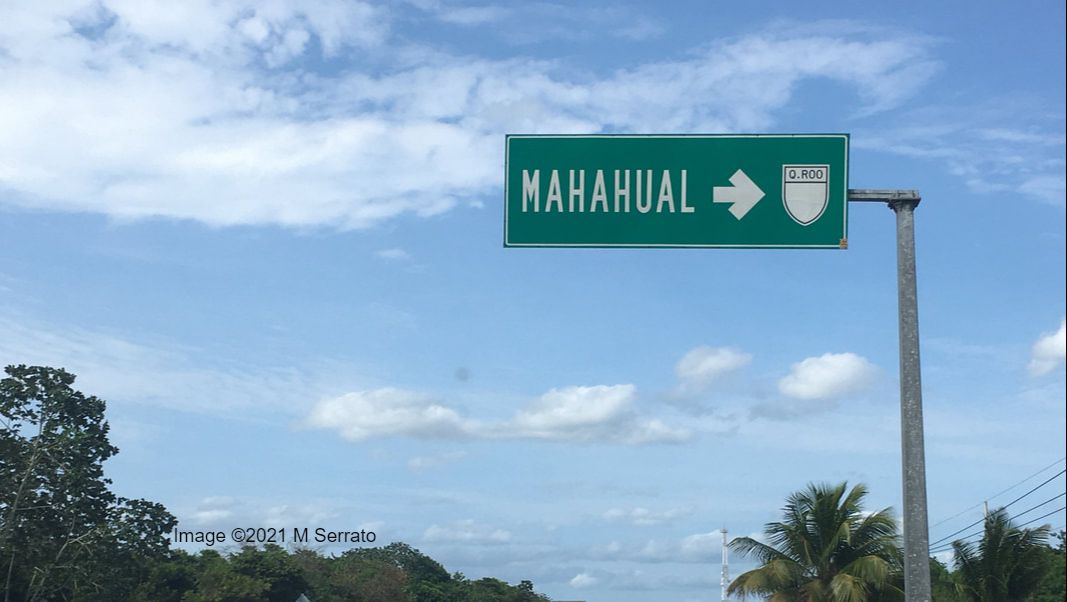
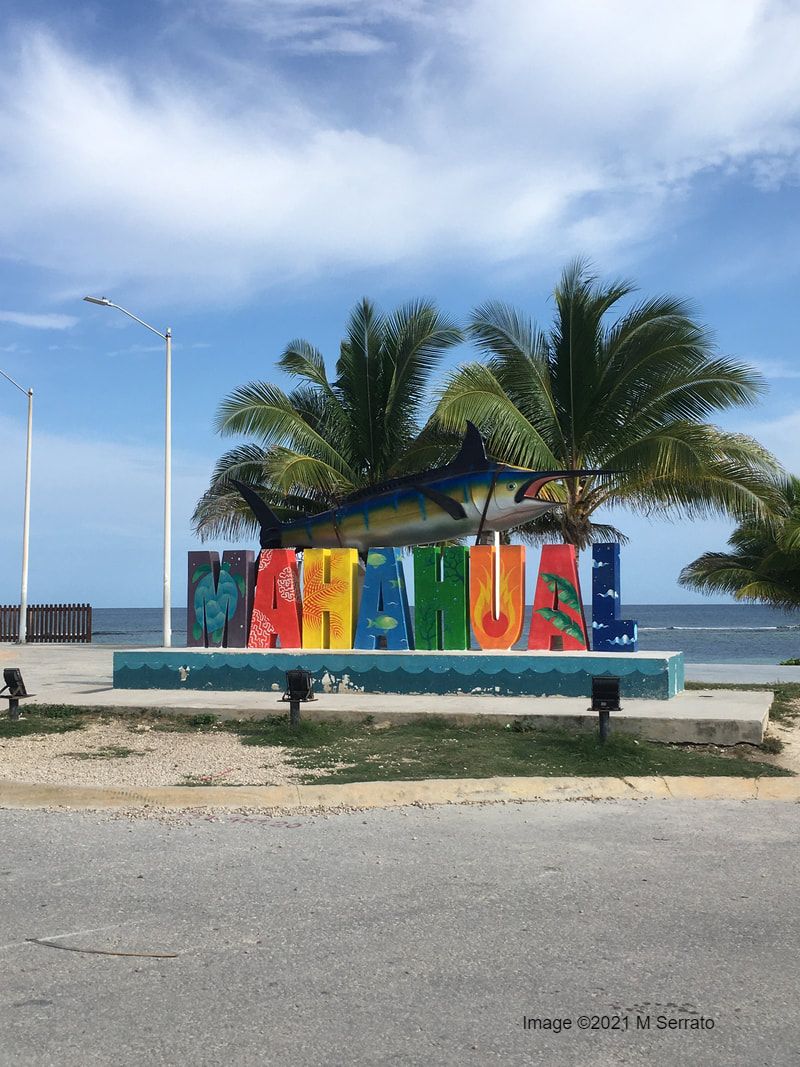
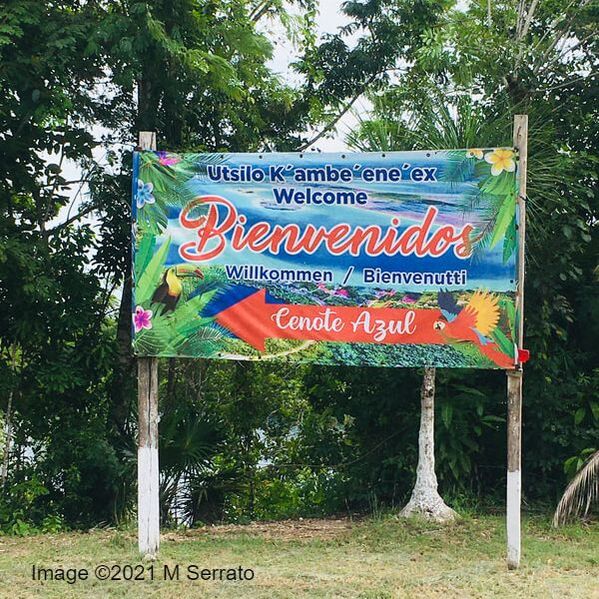
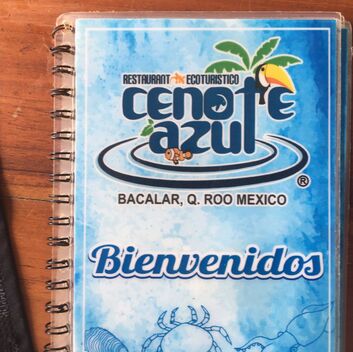
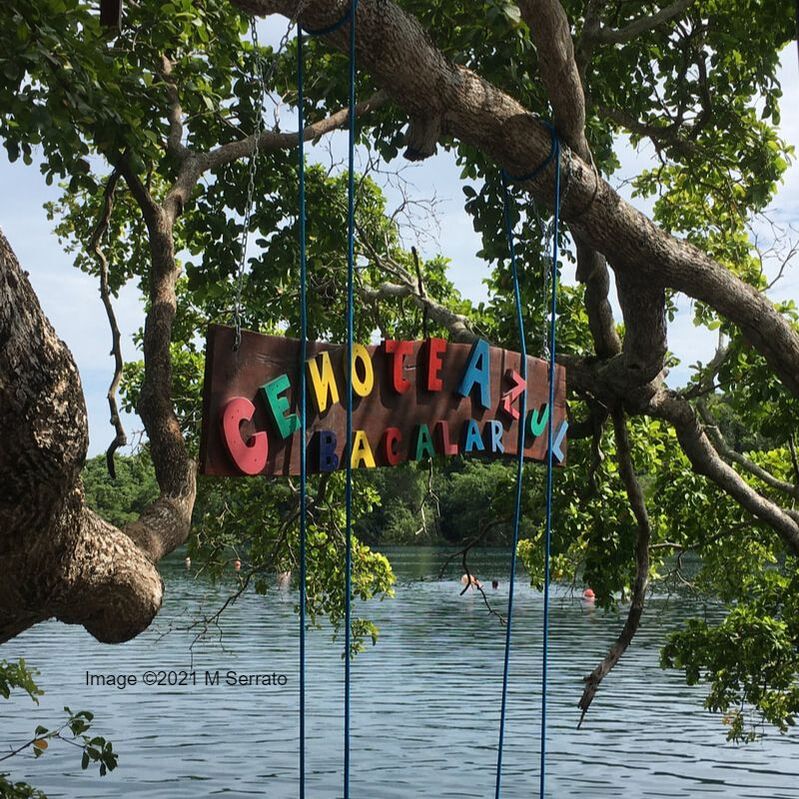
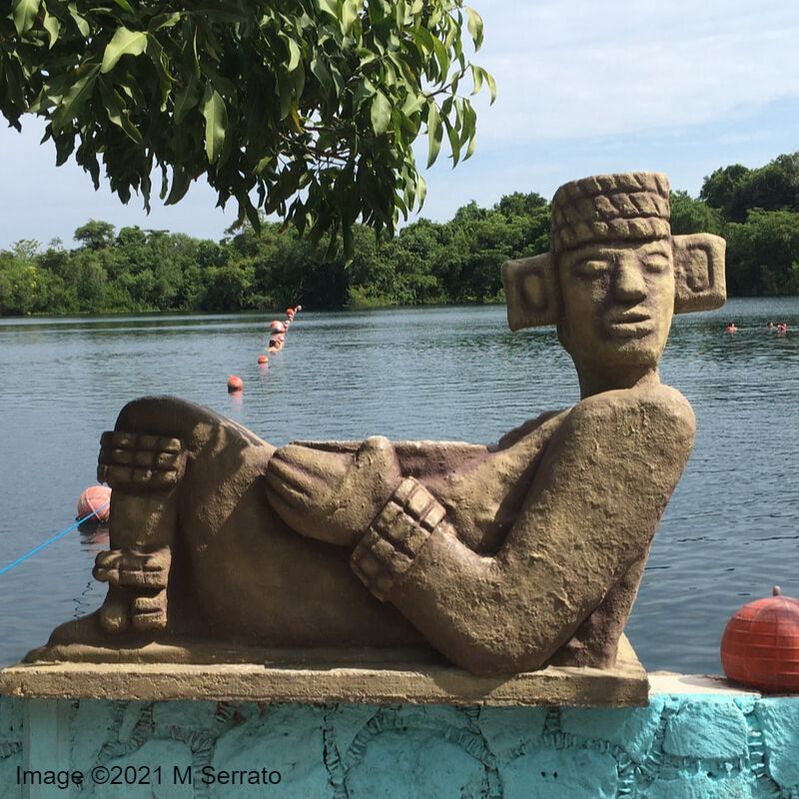
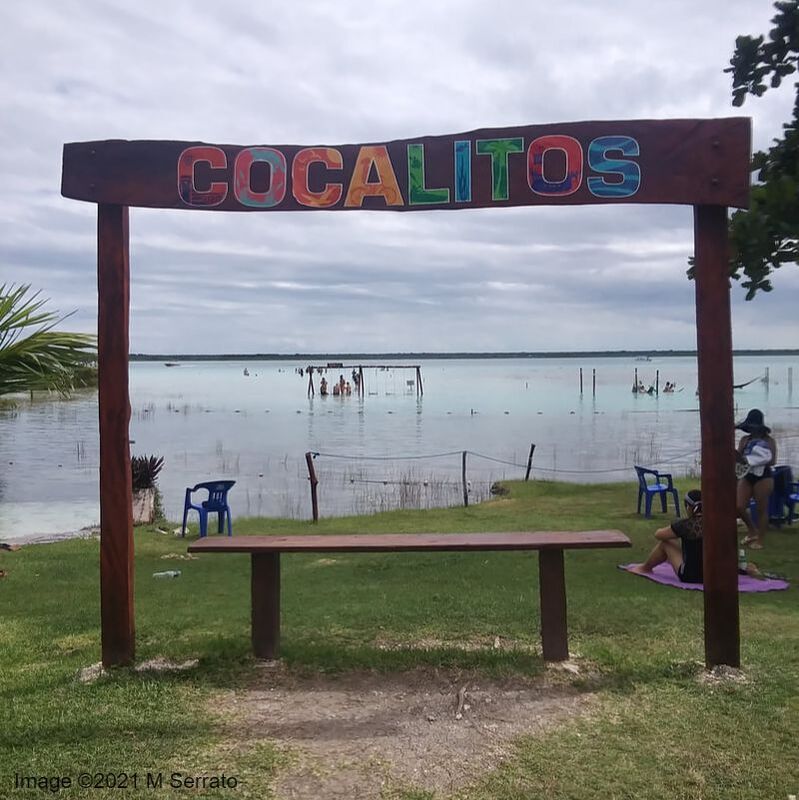
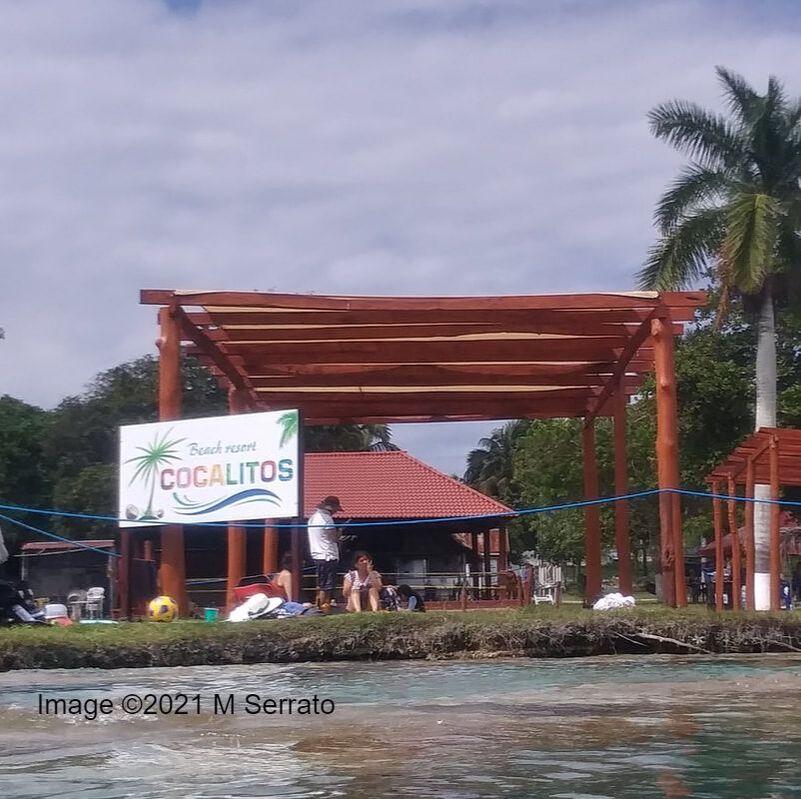
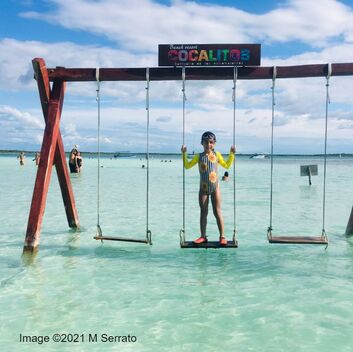
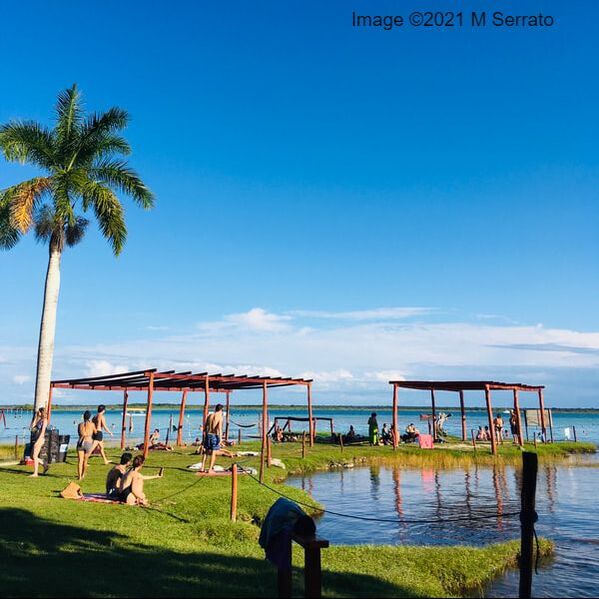
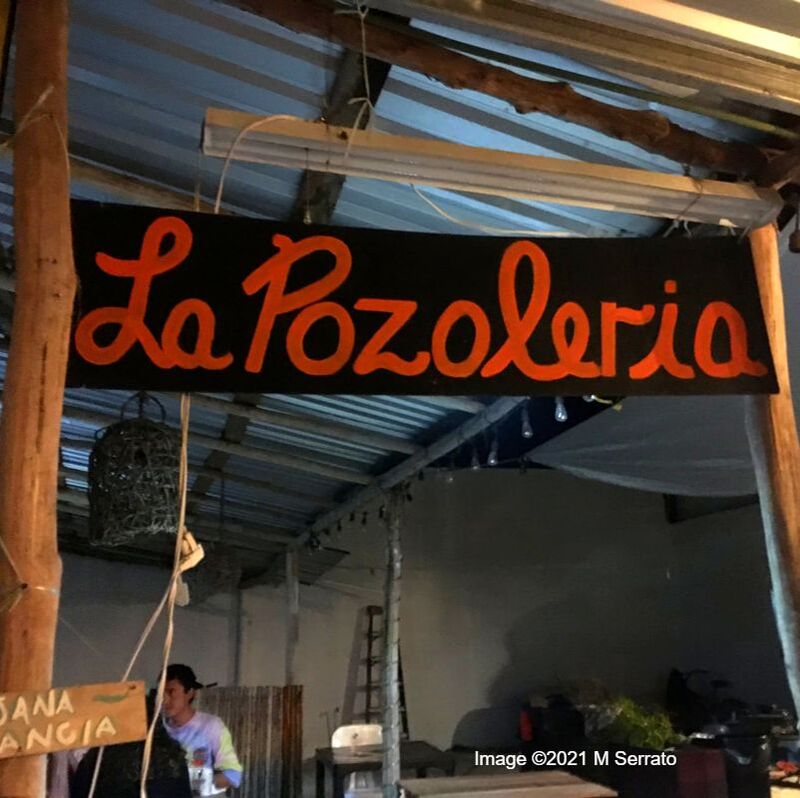
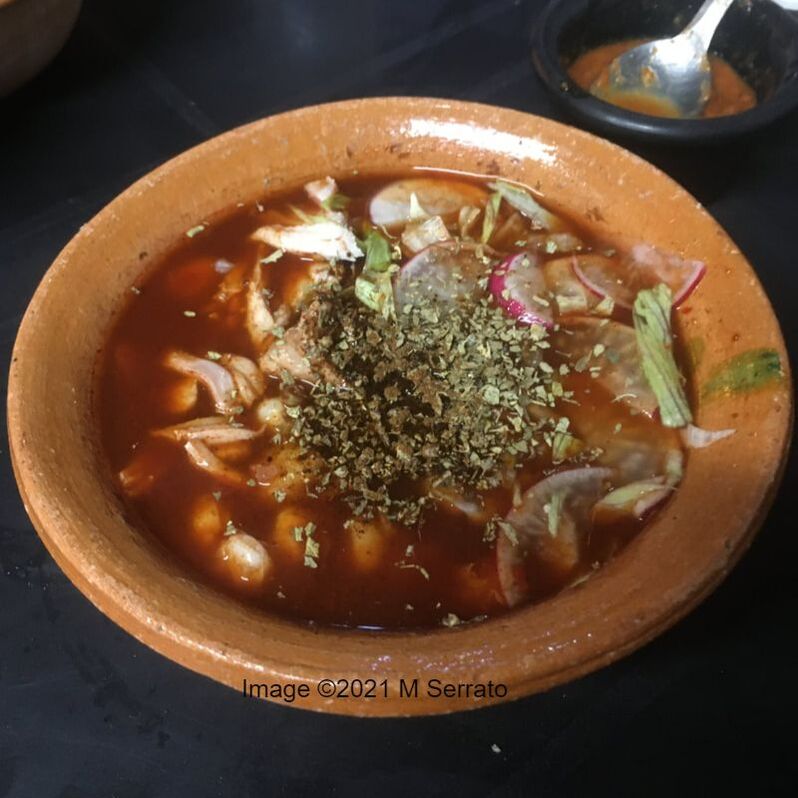
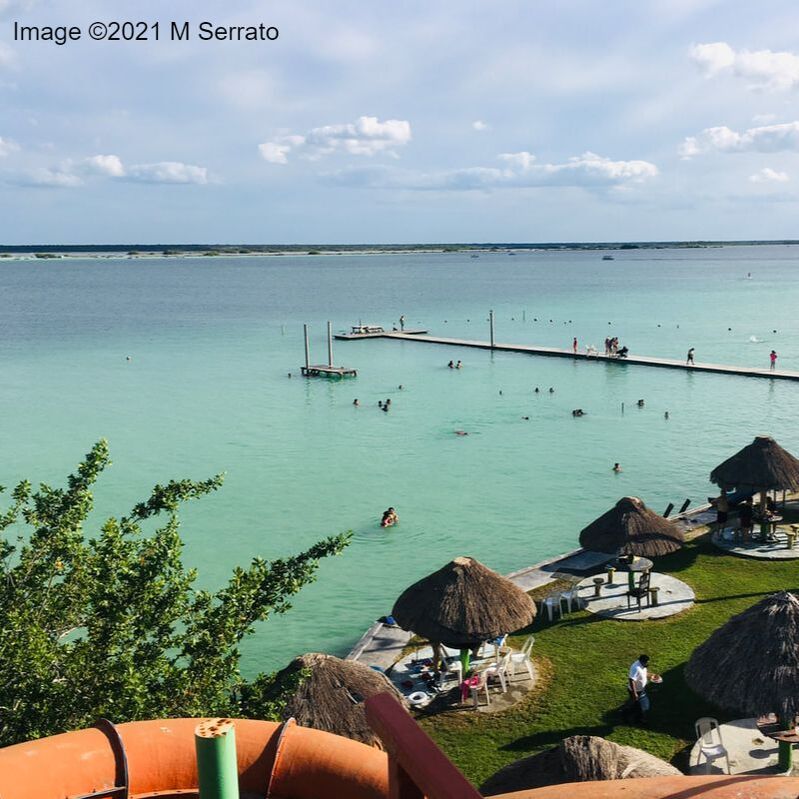
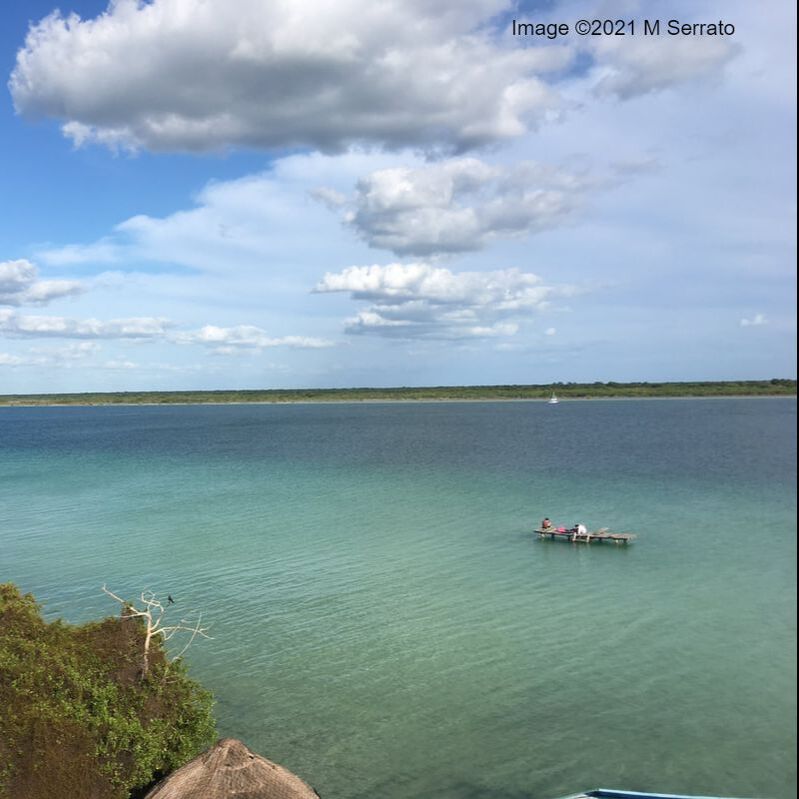
 RSS Feed
RSS Feed
